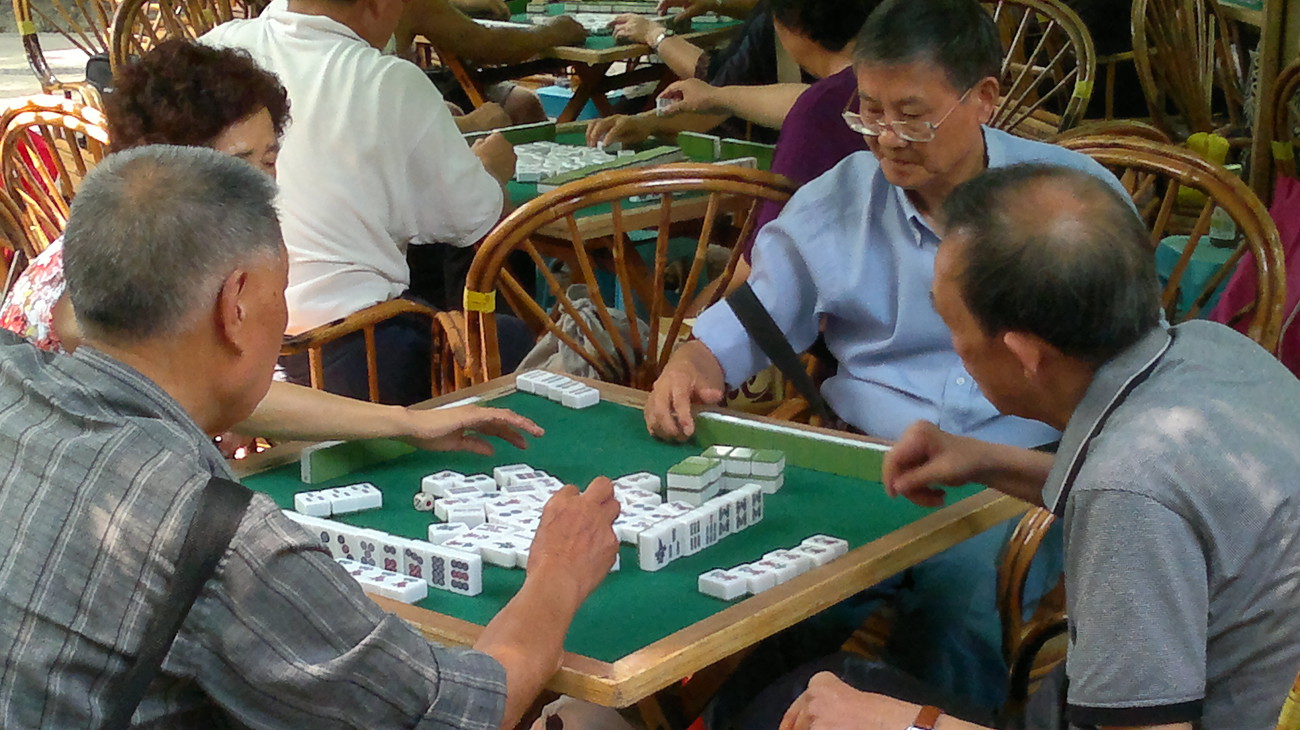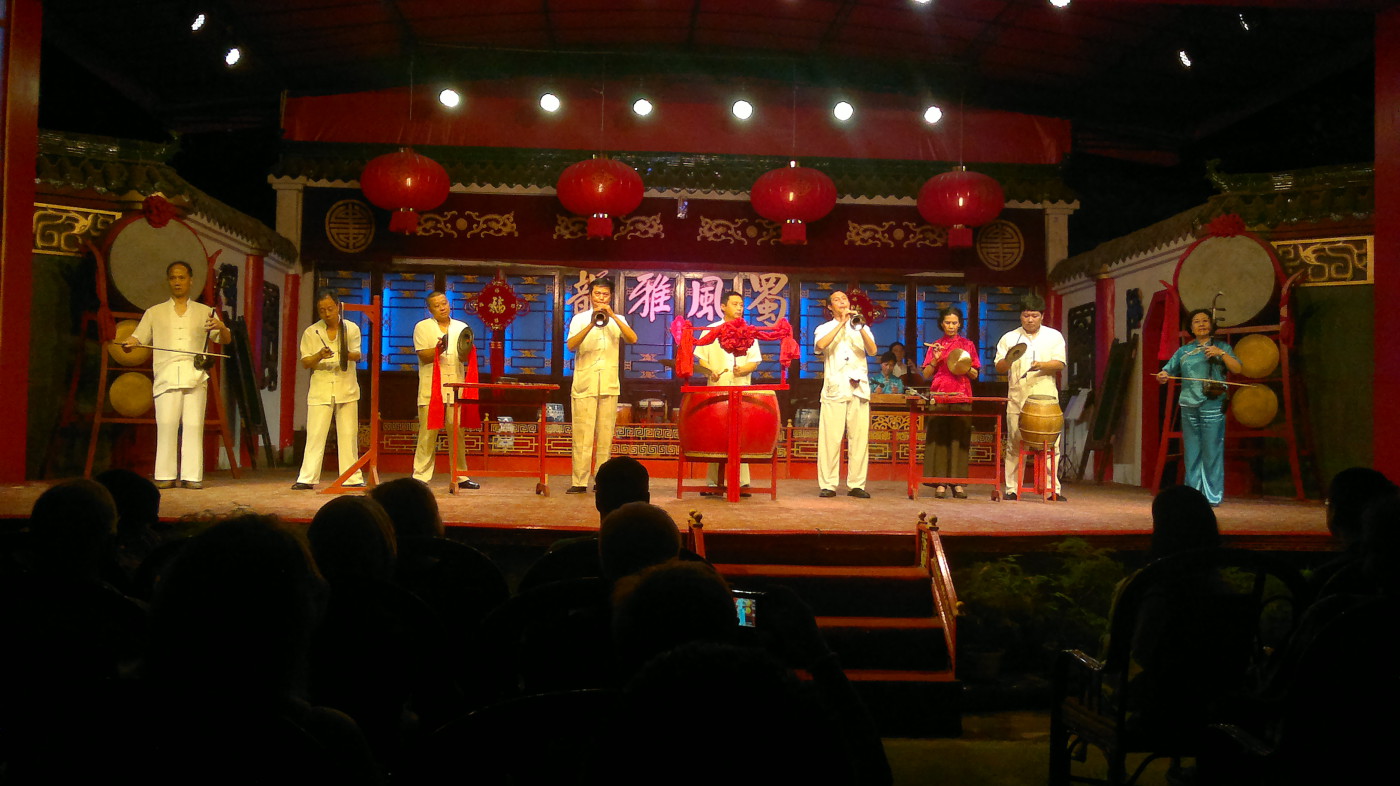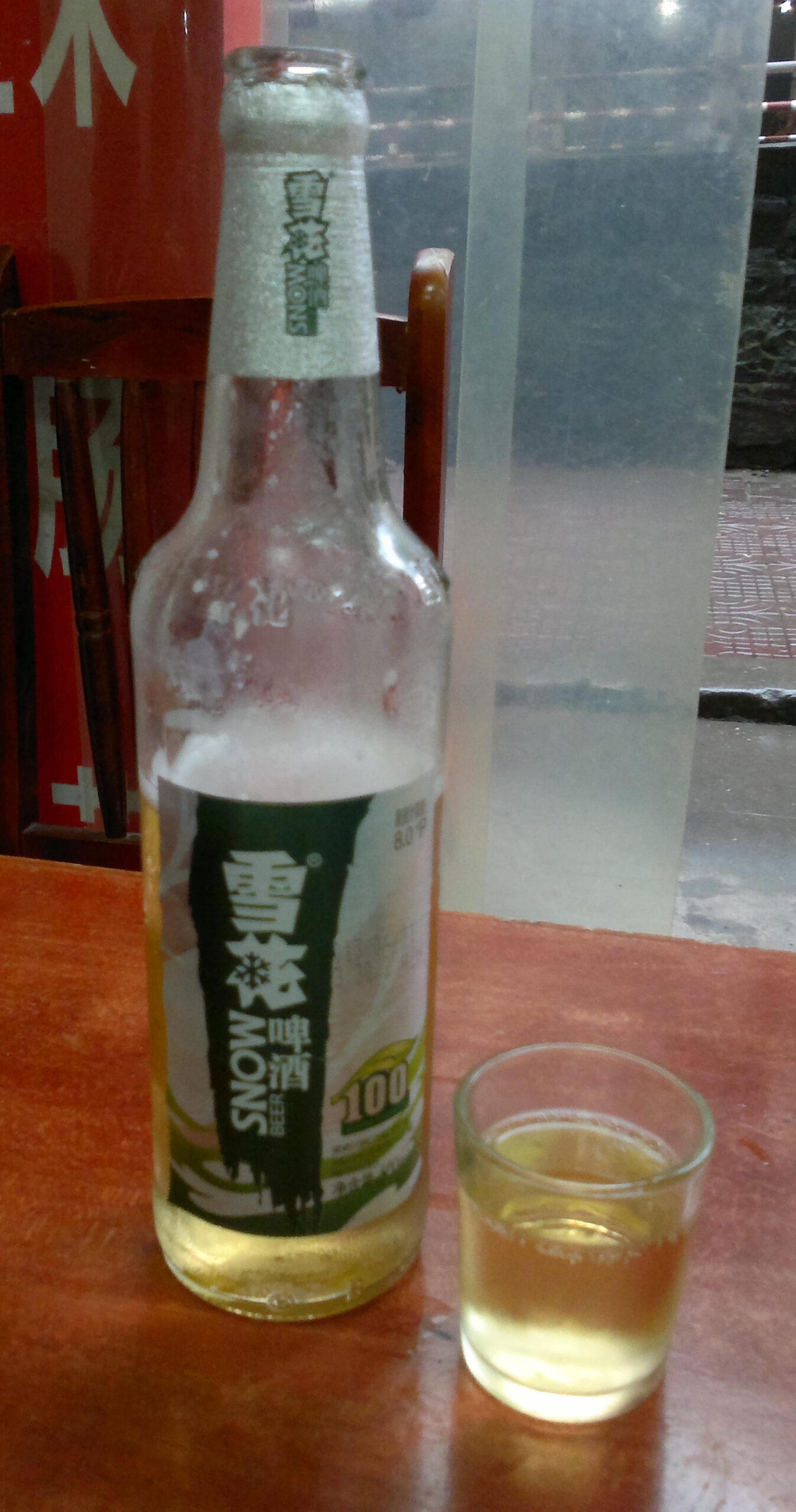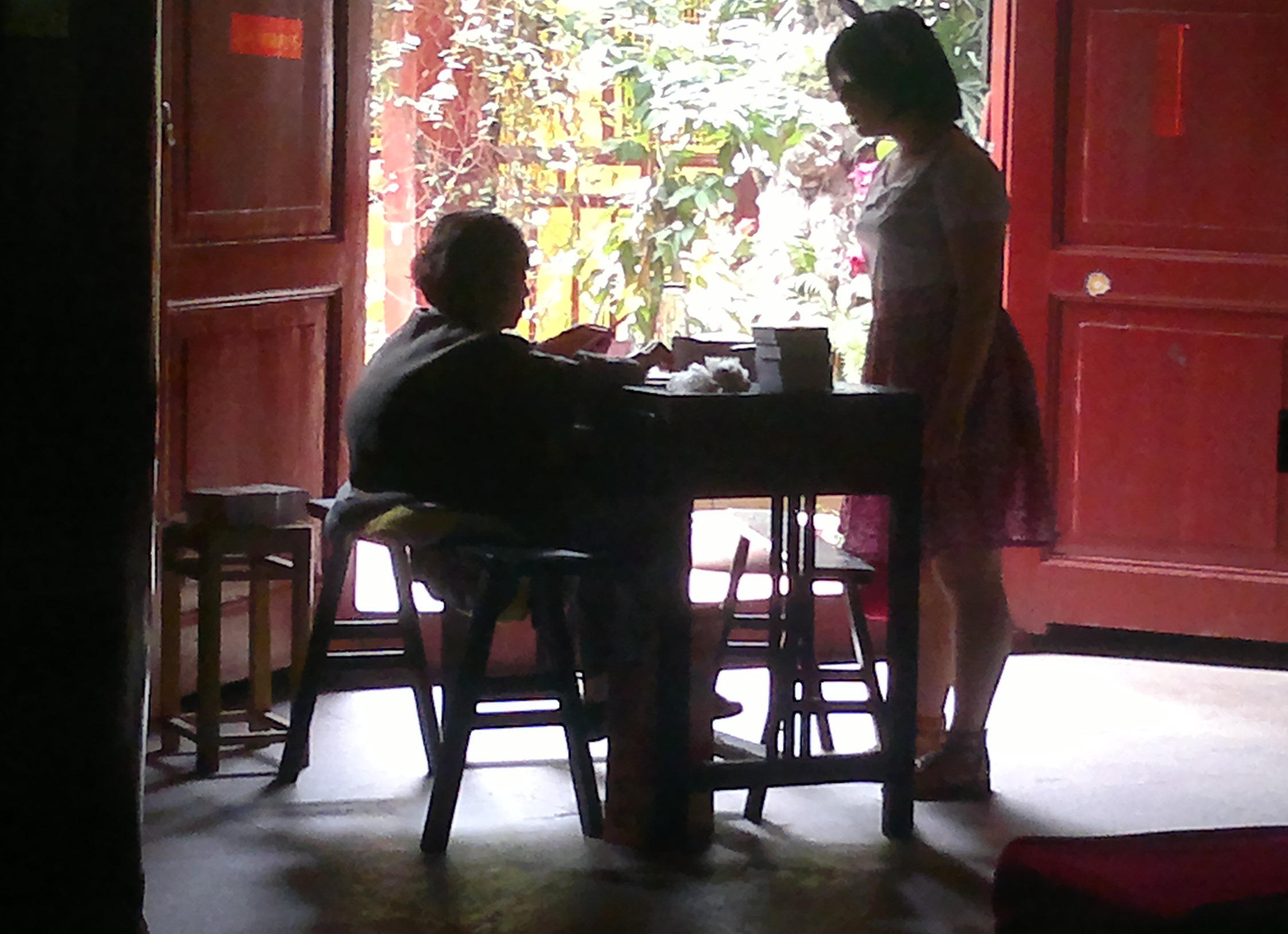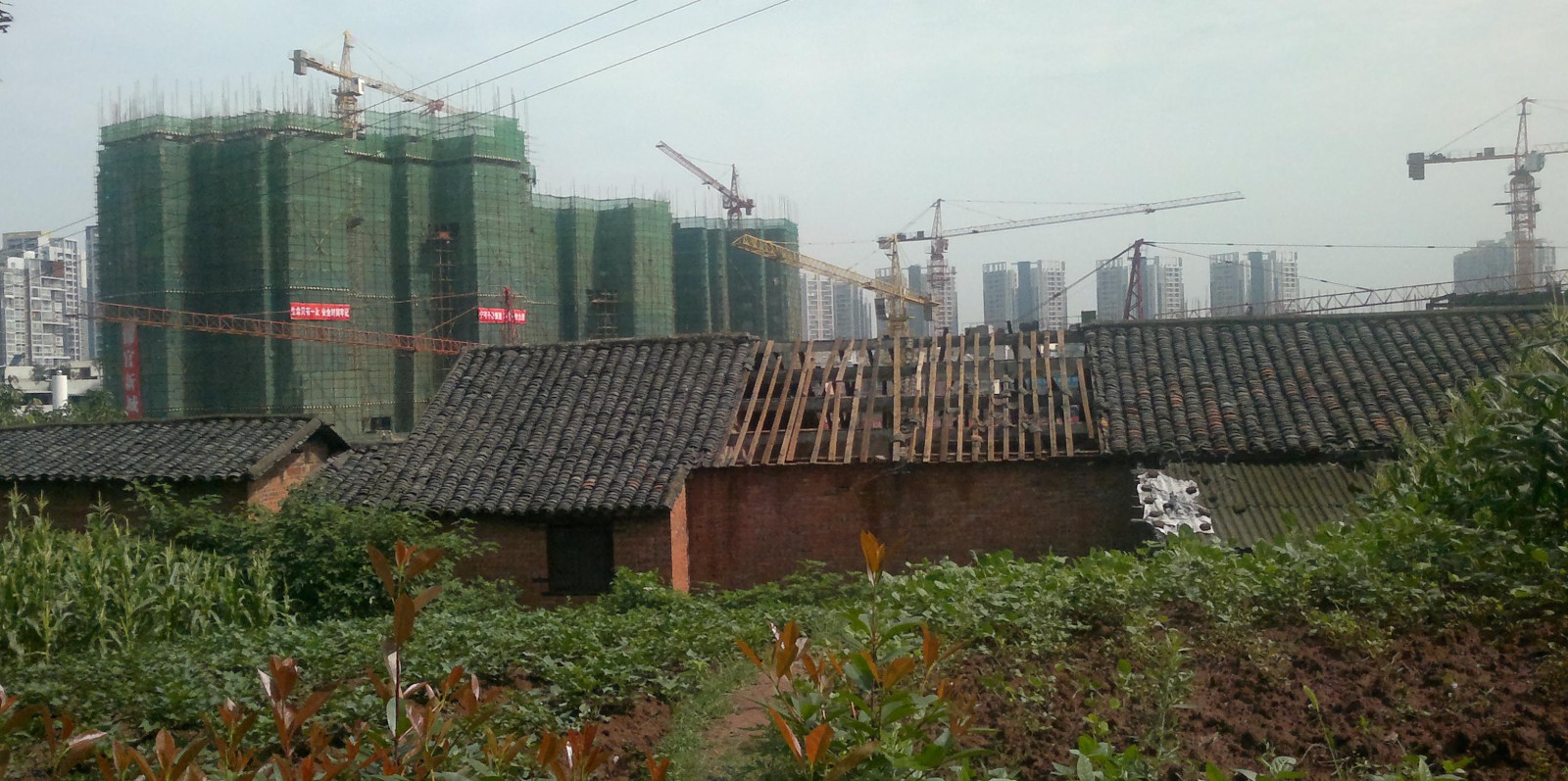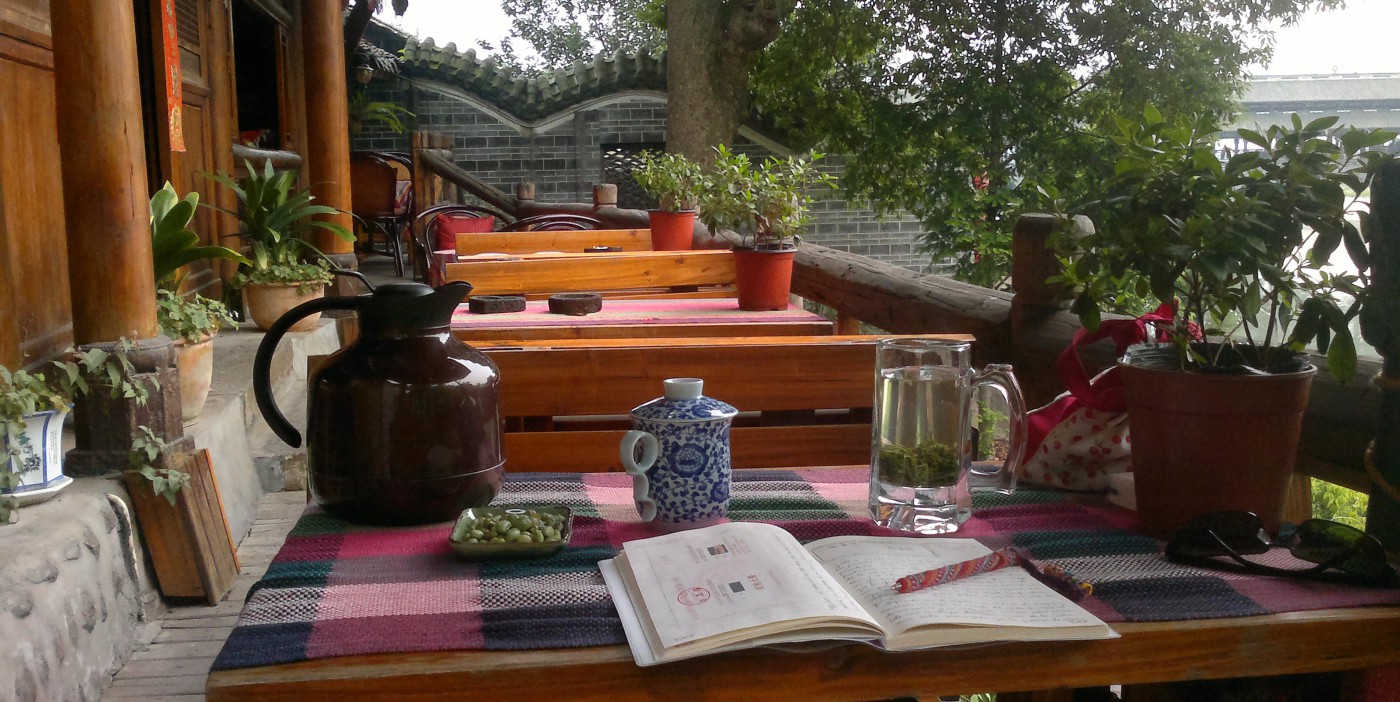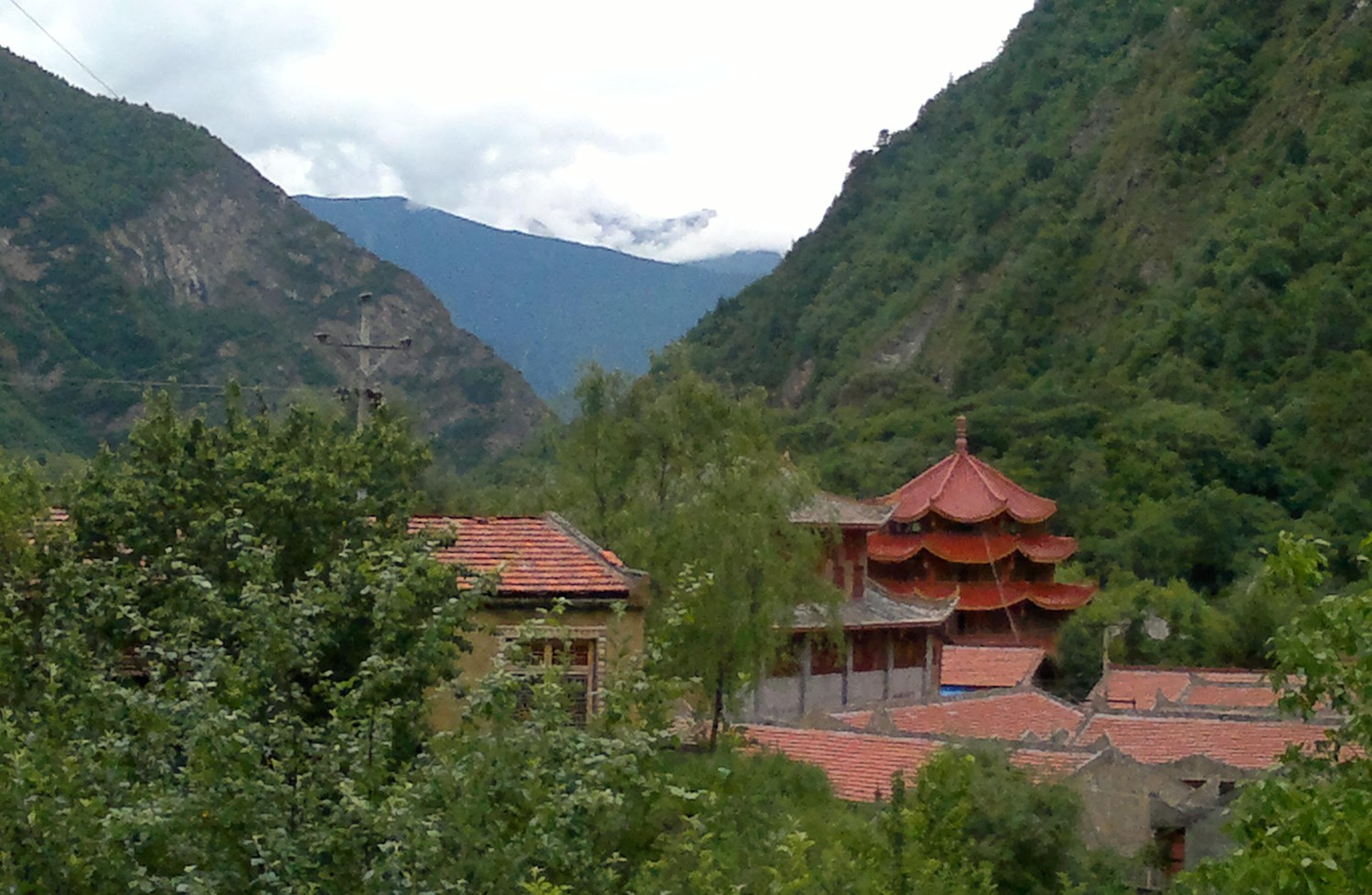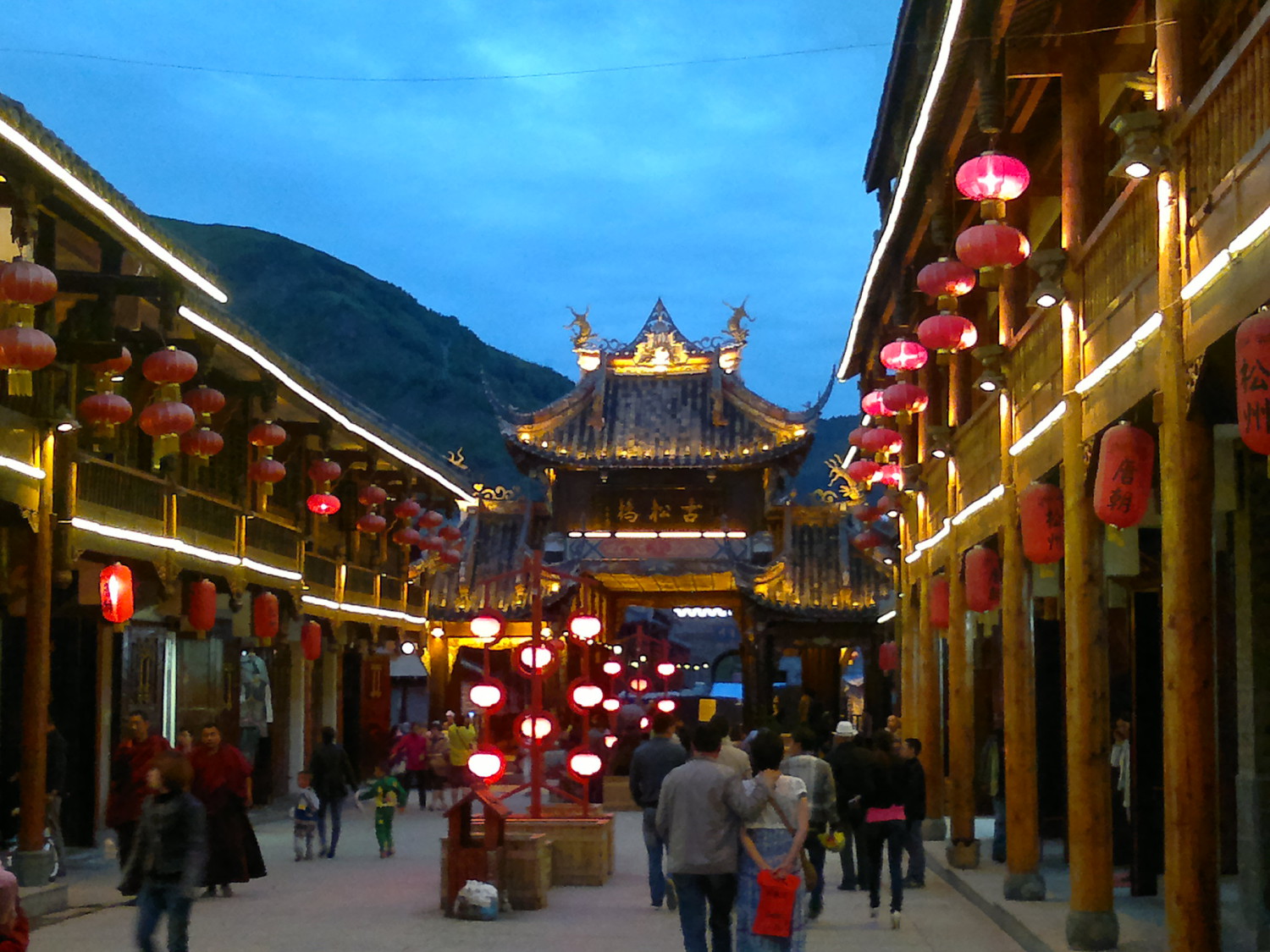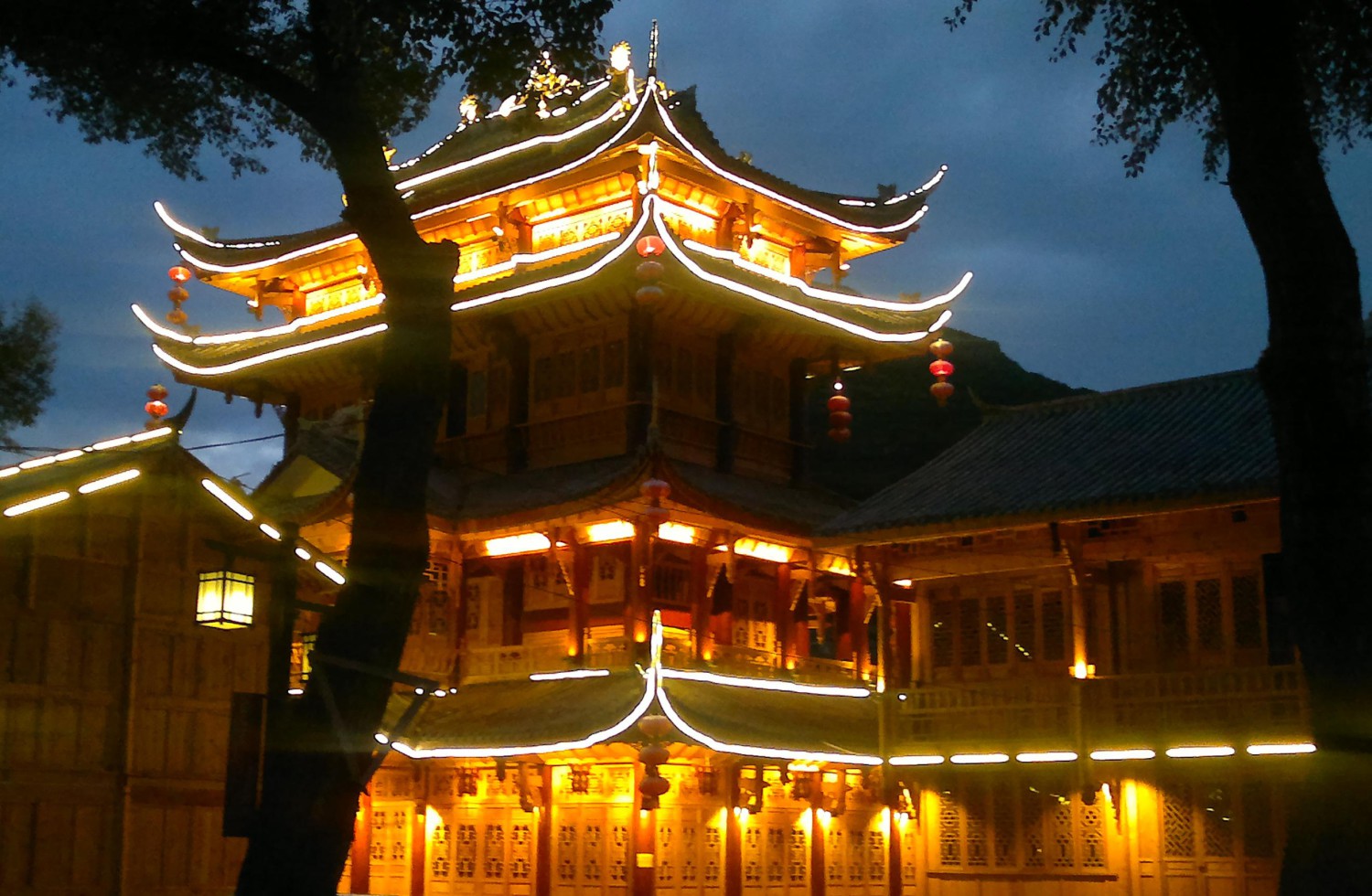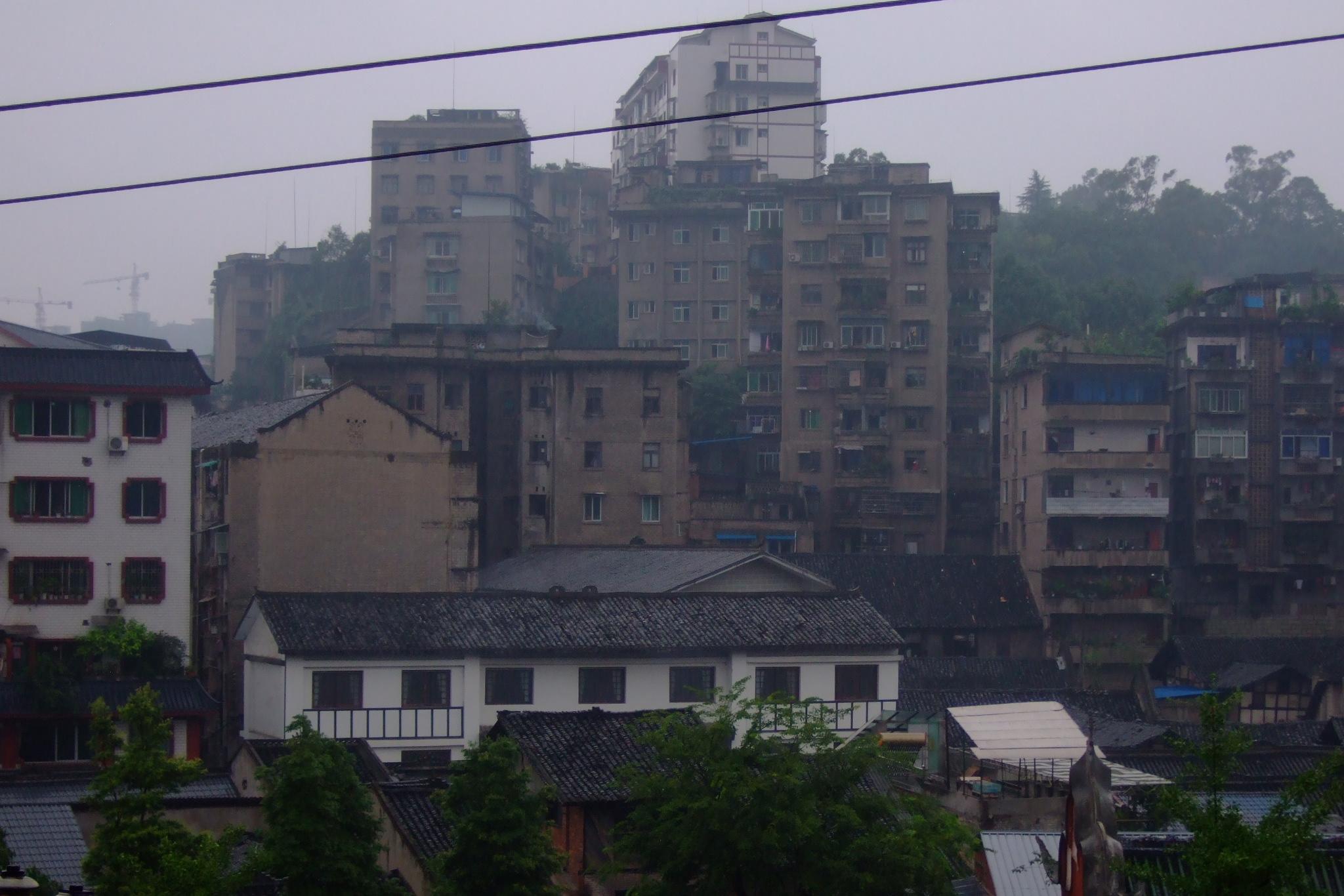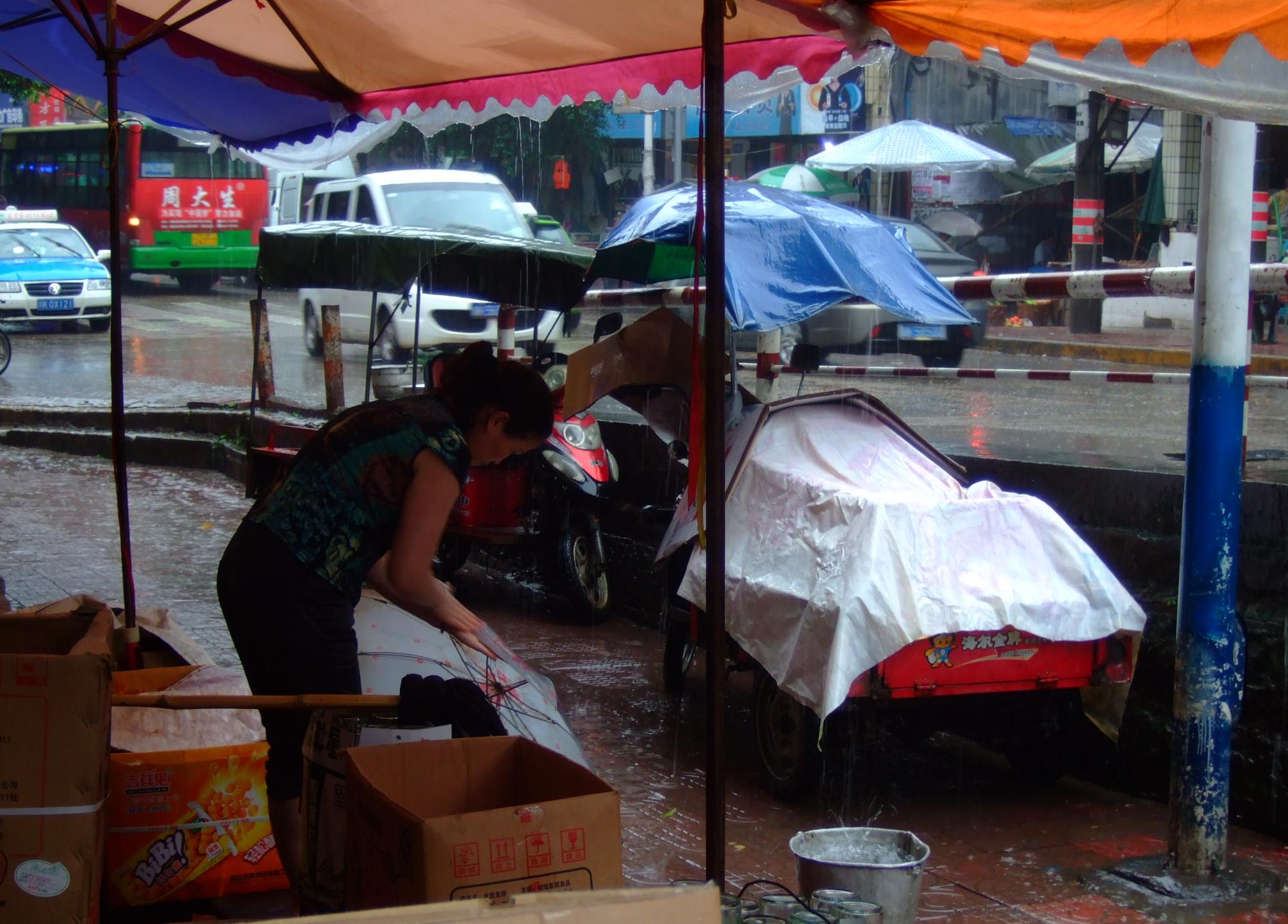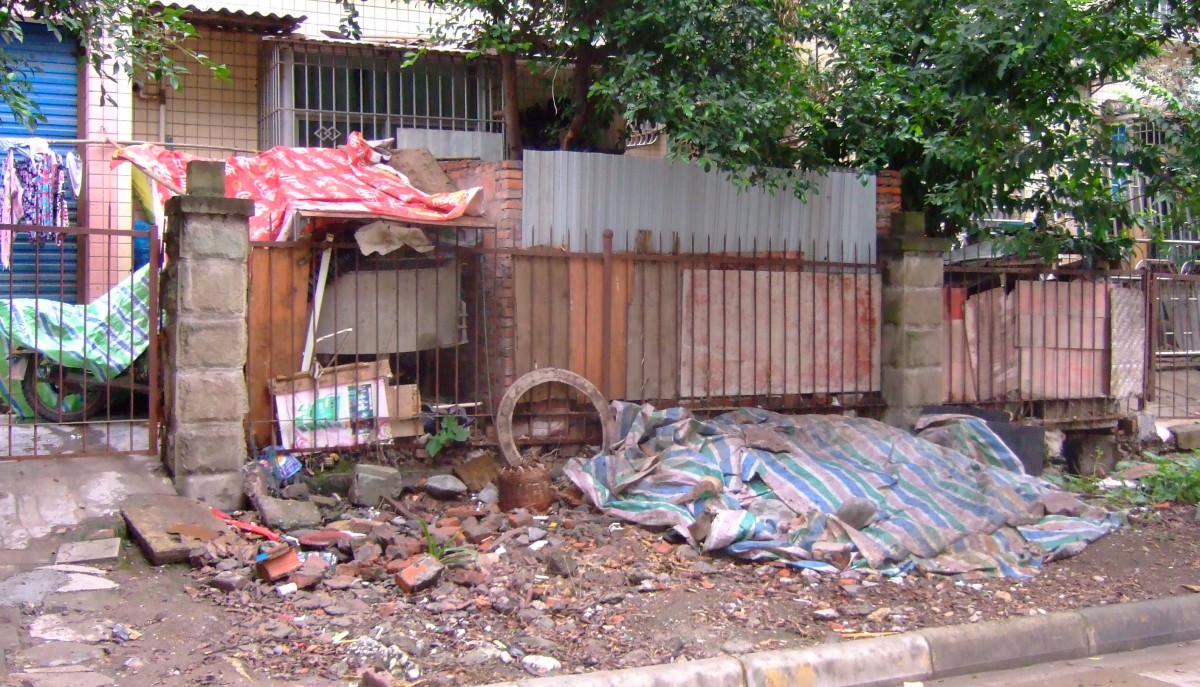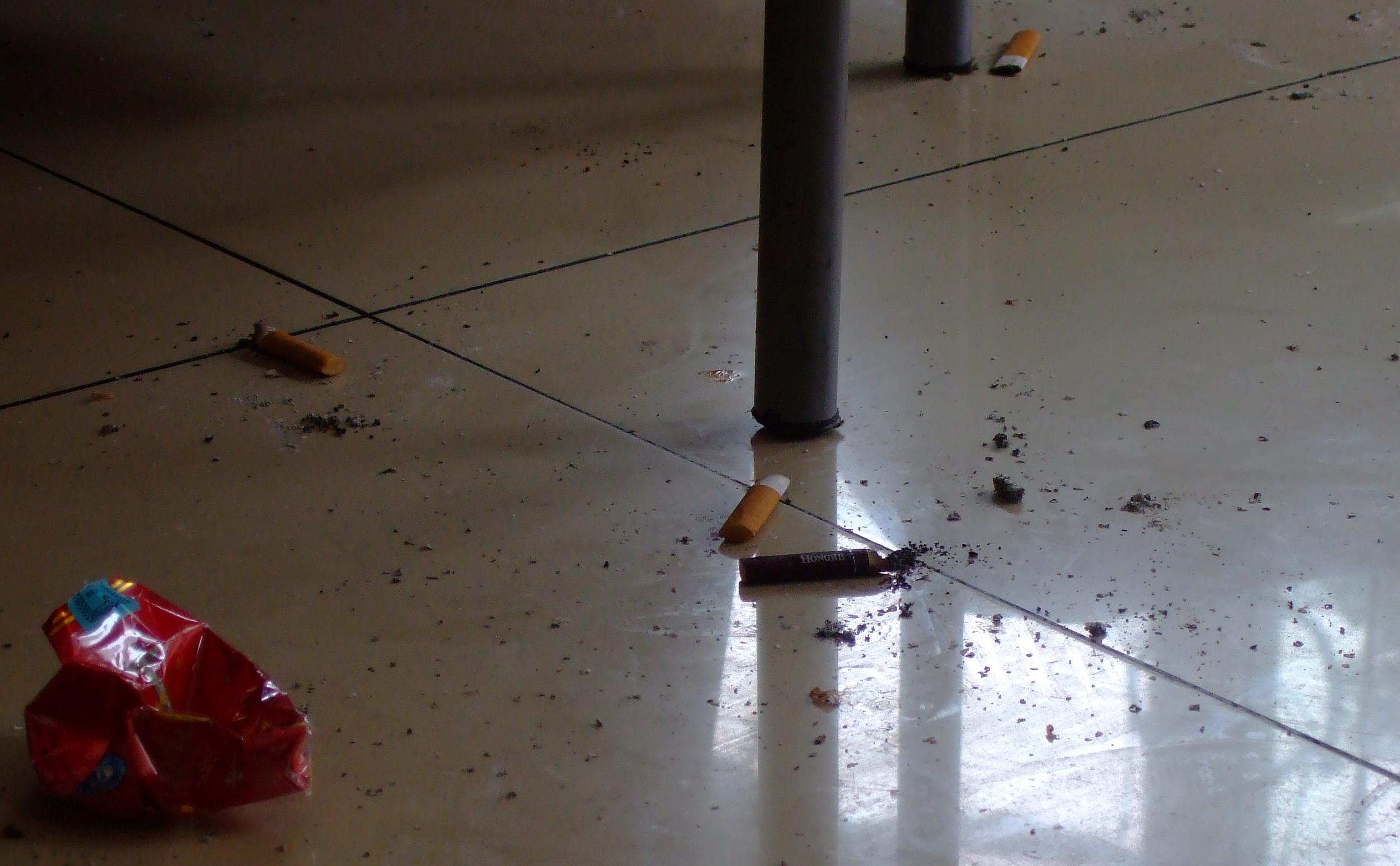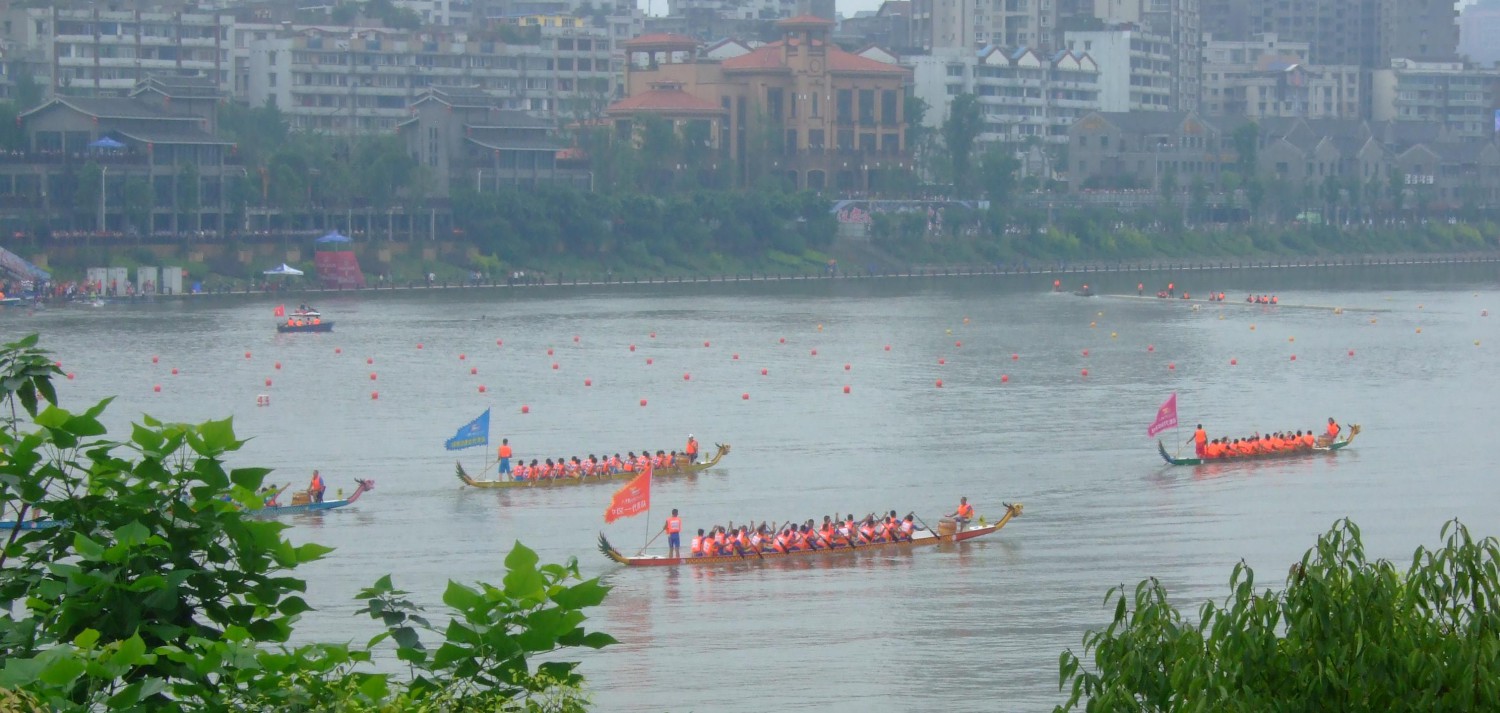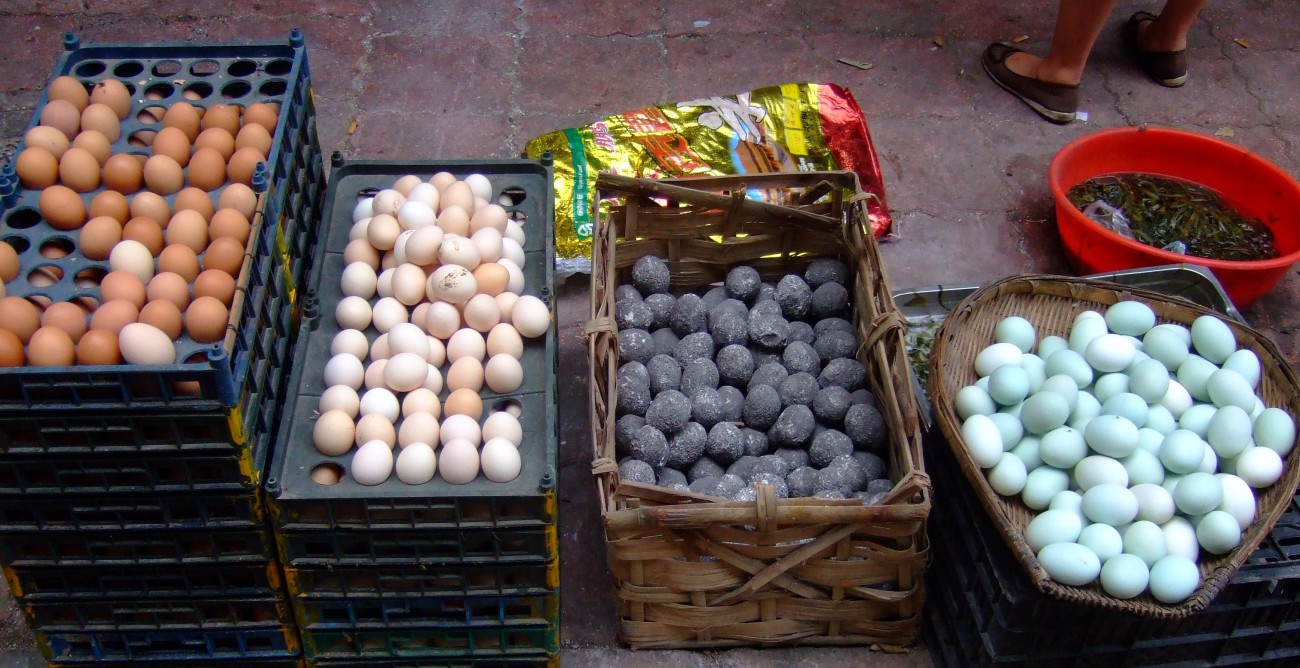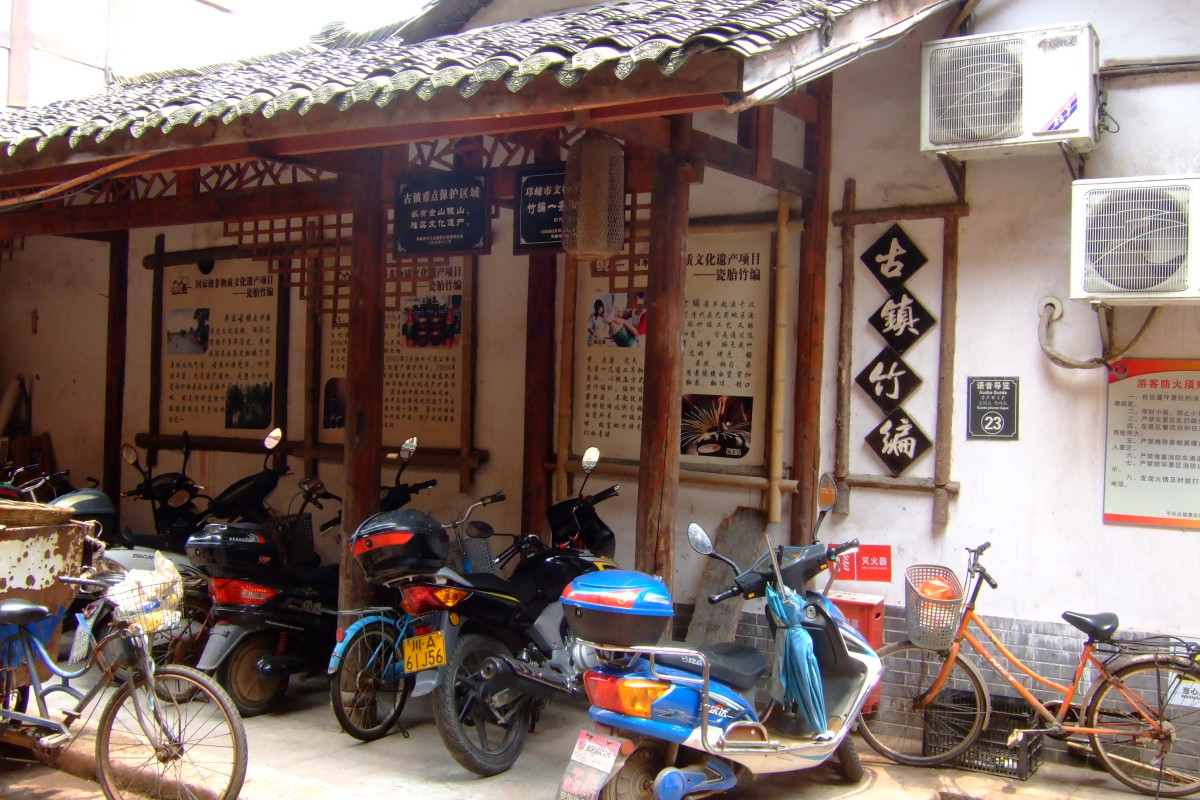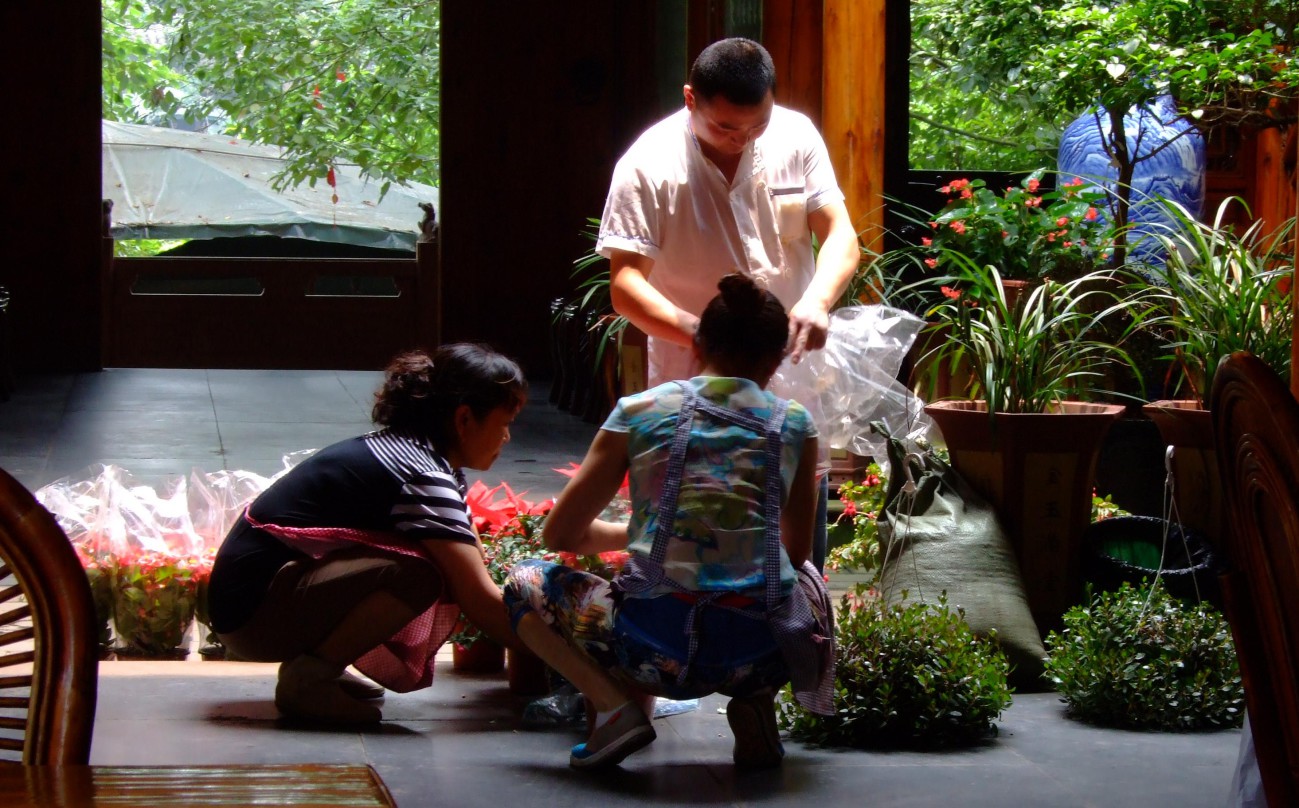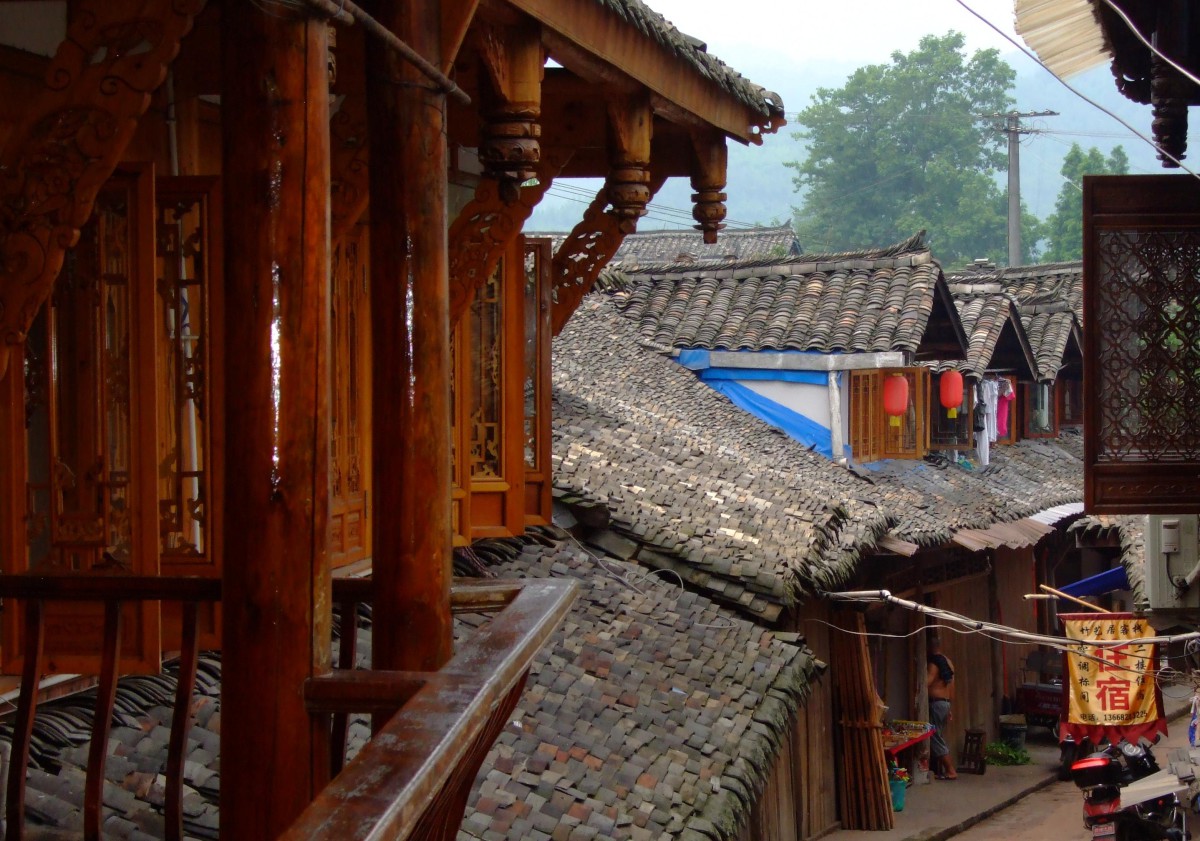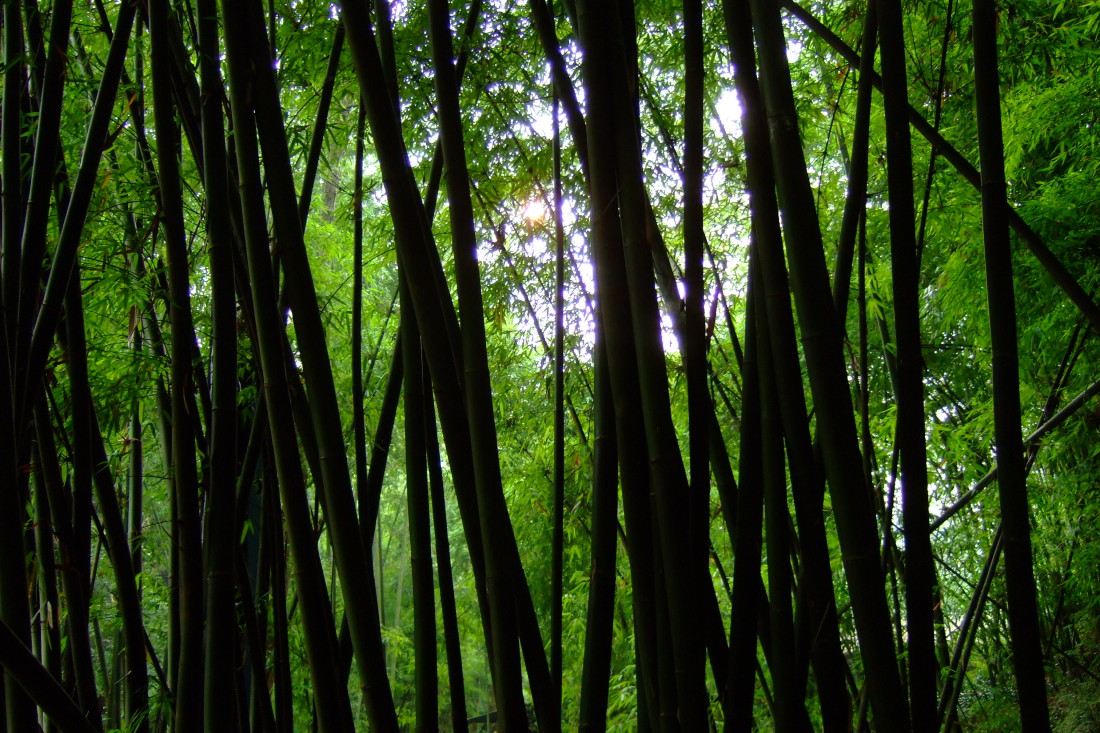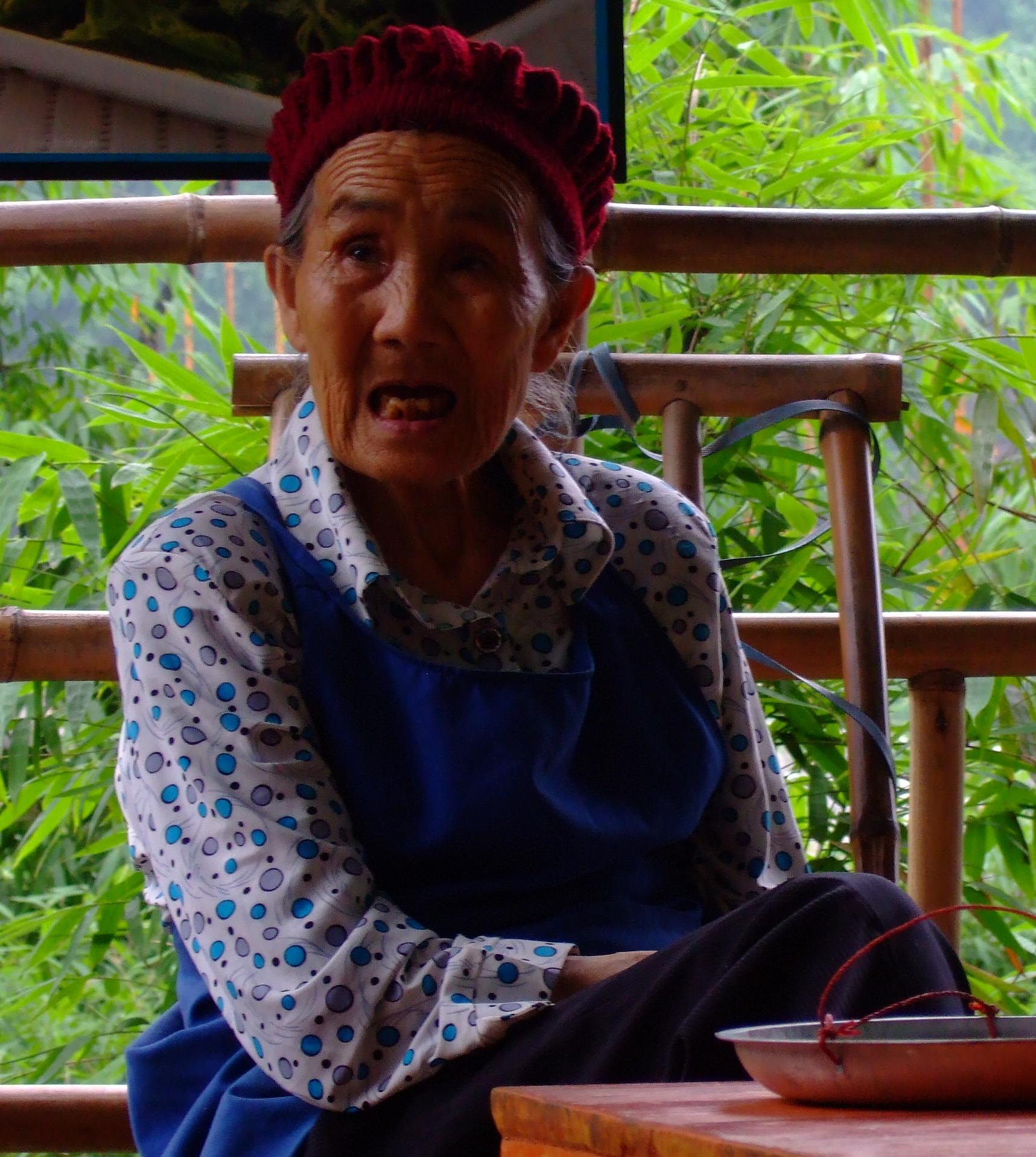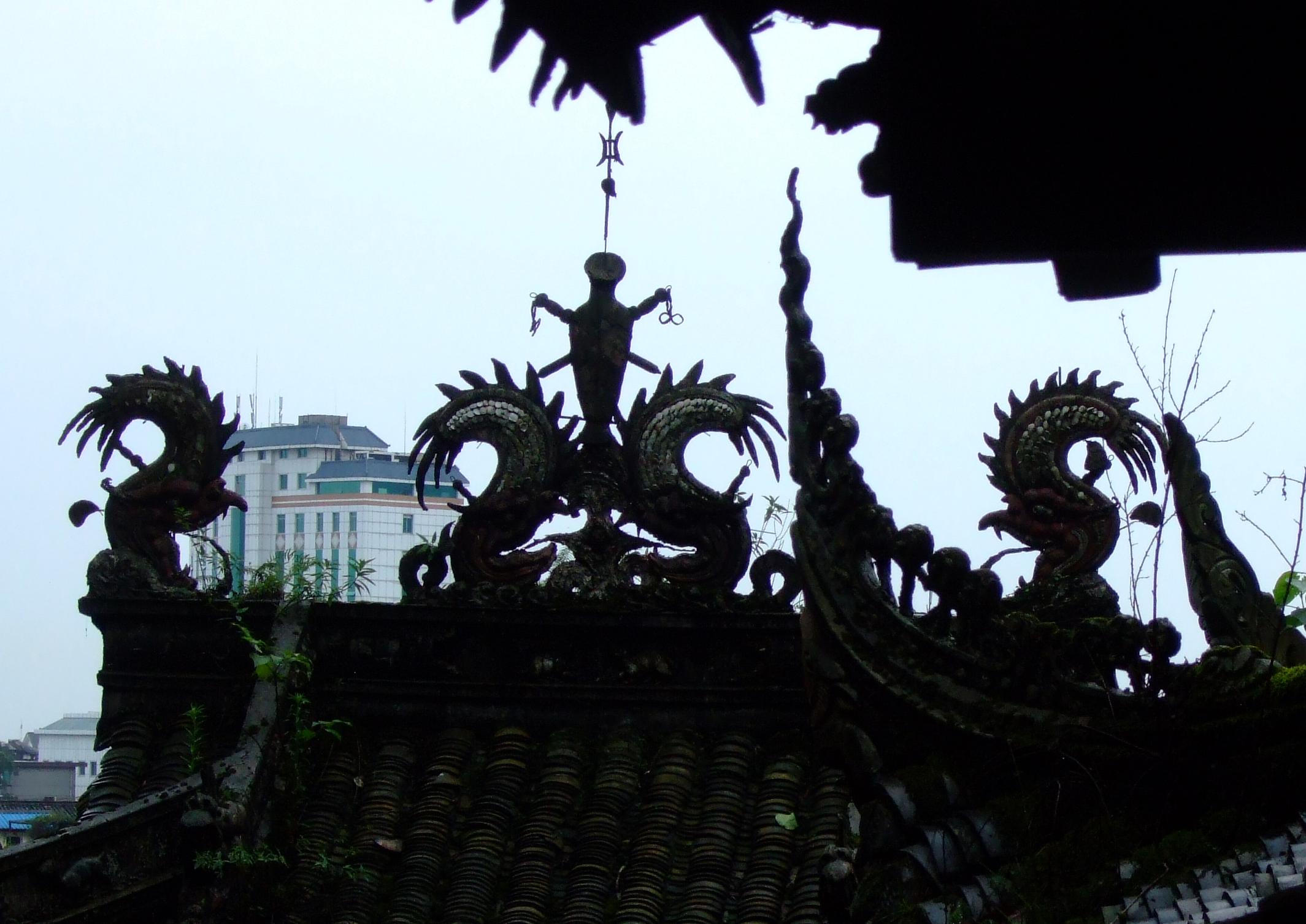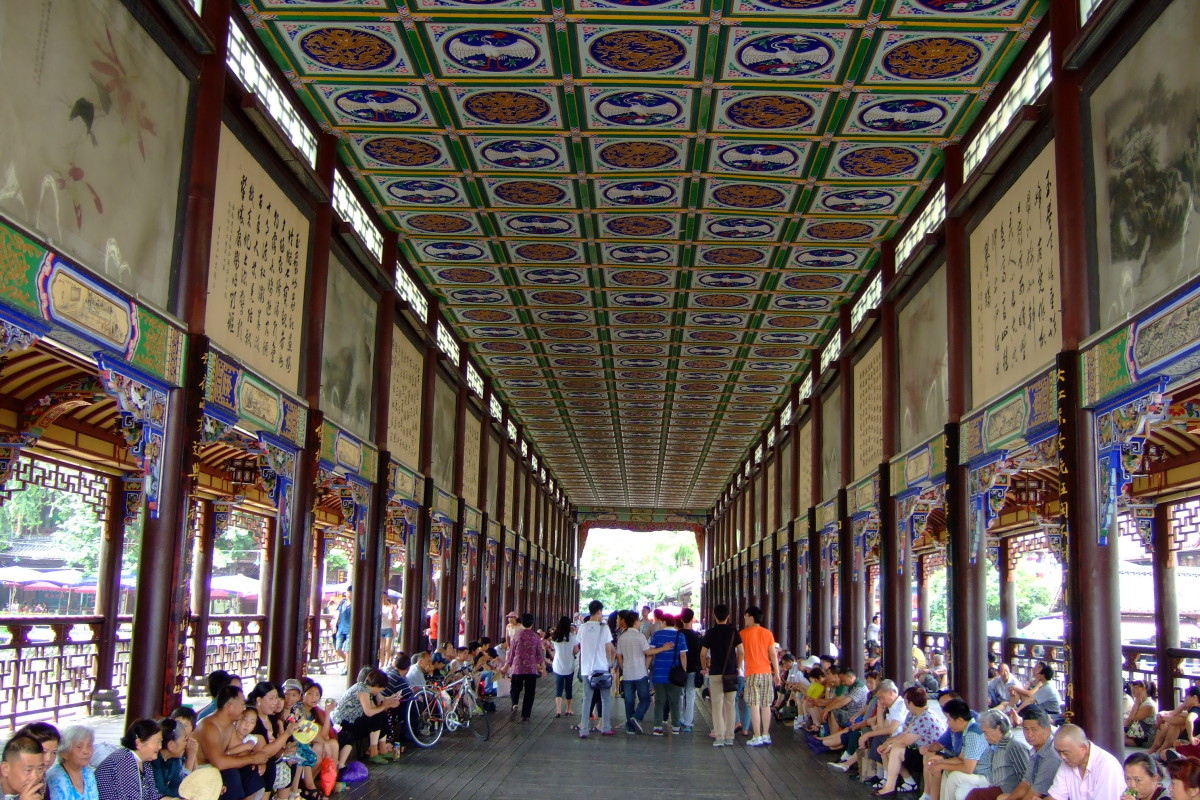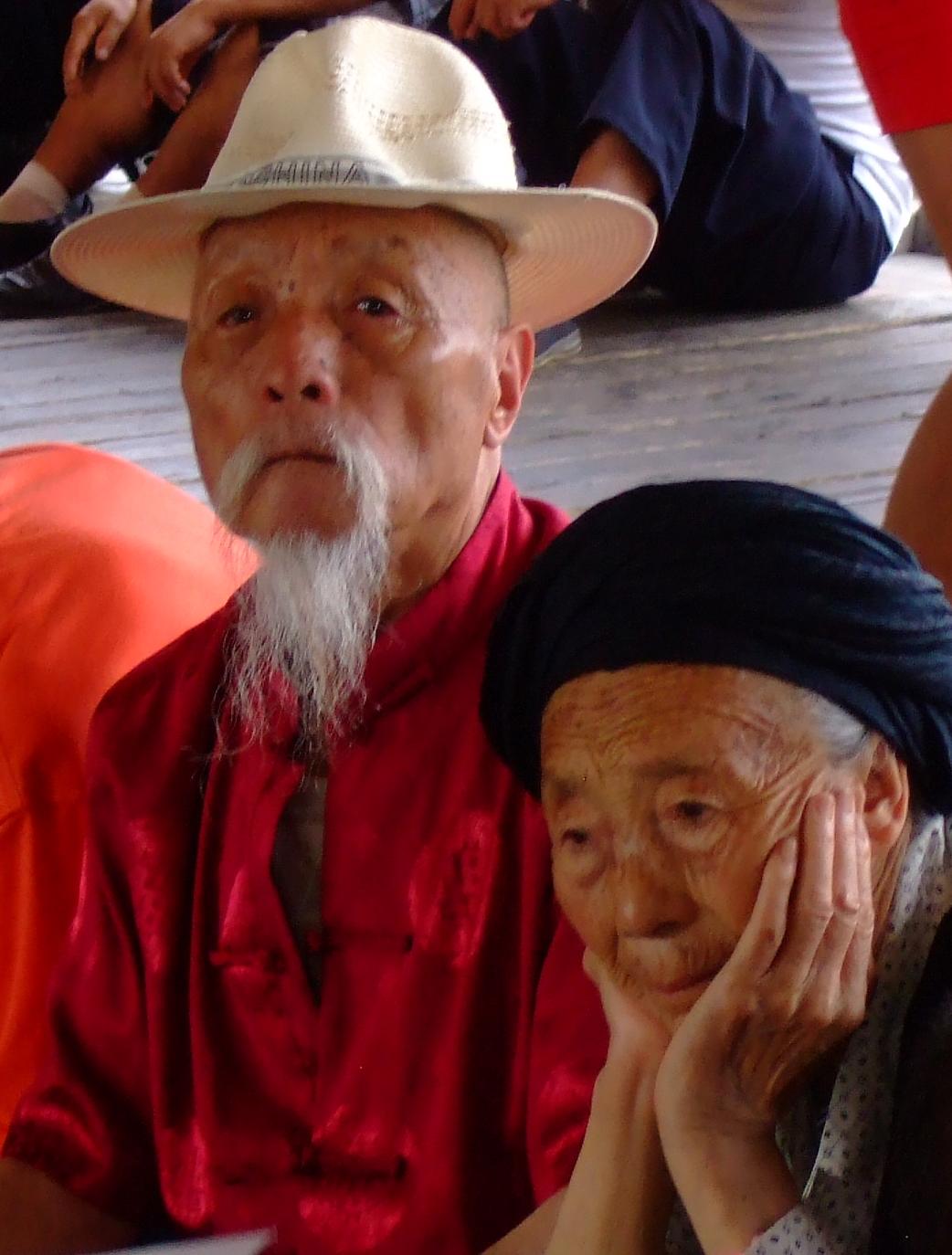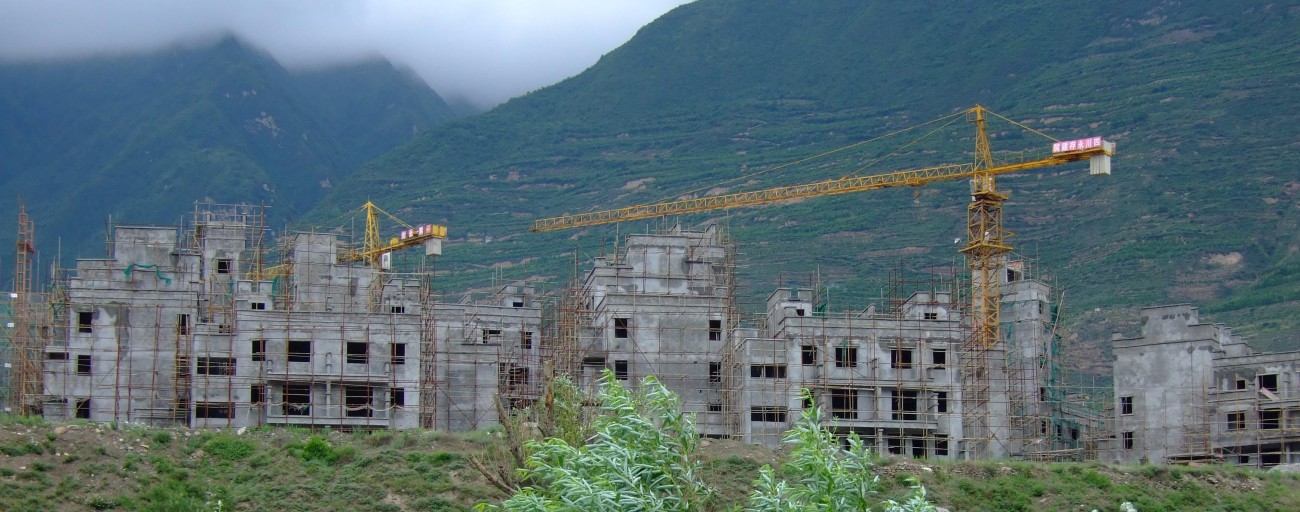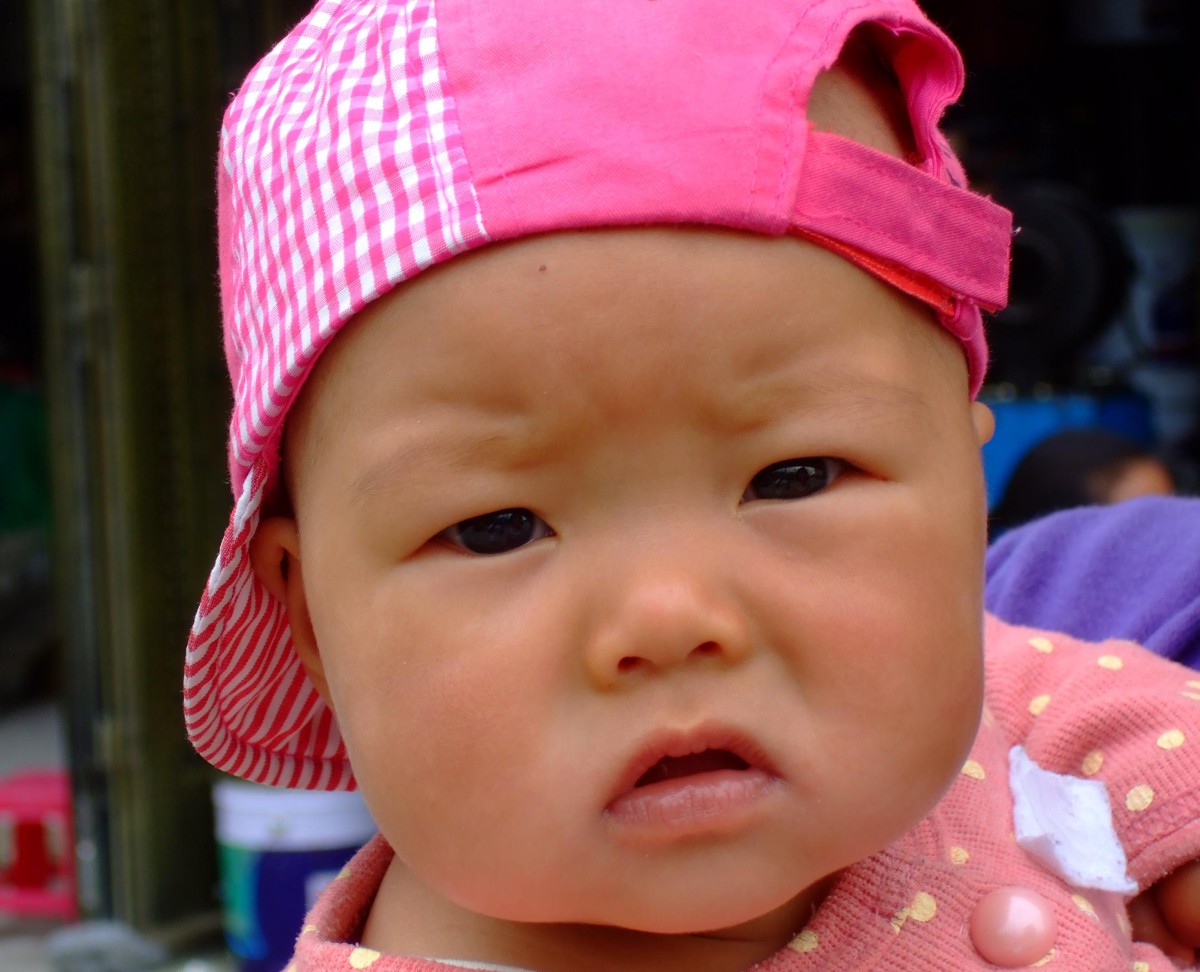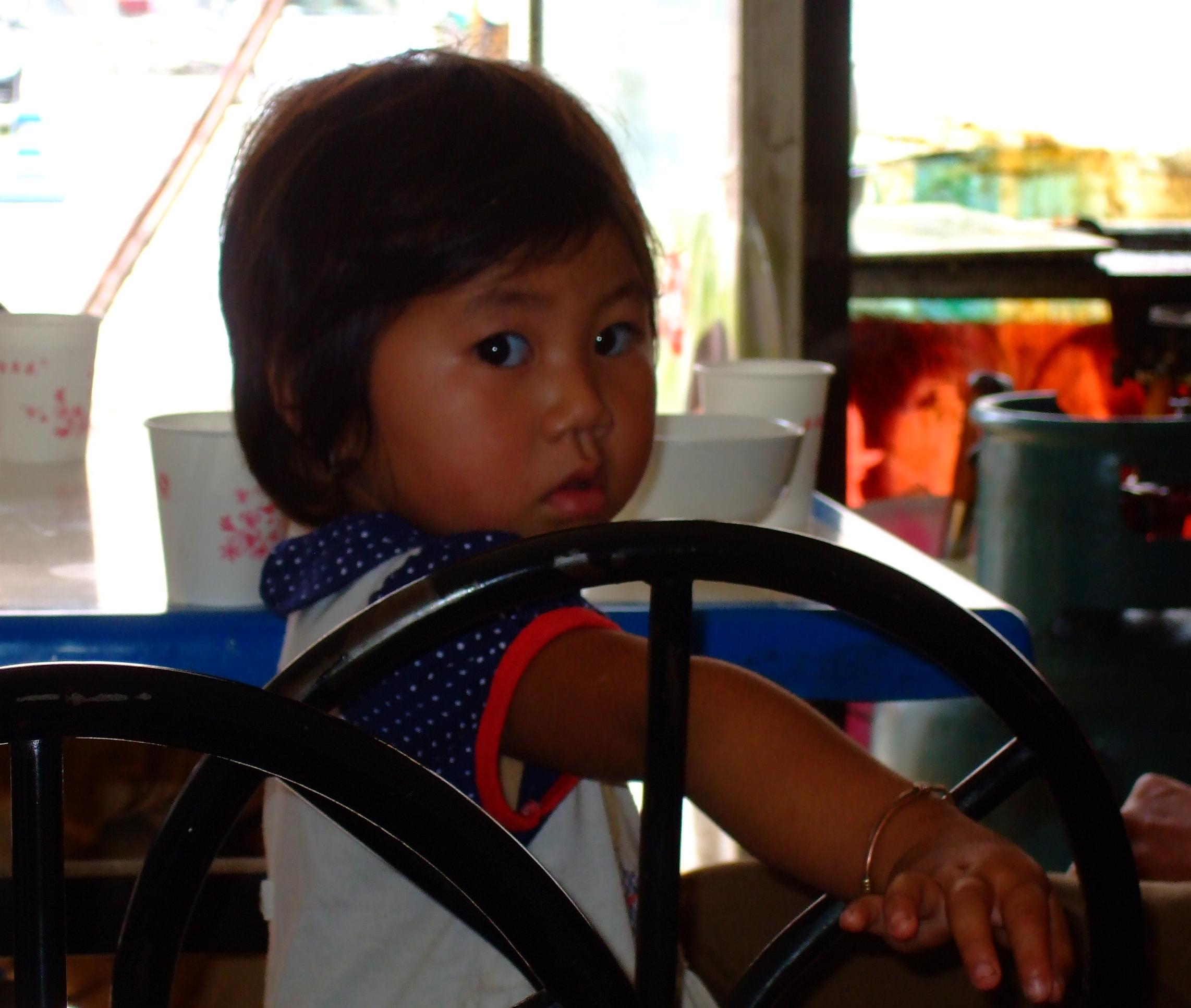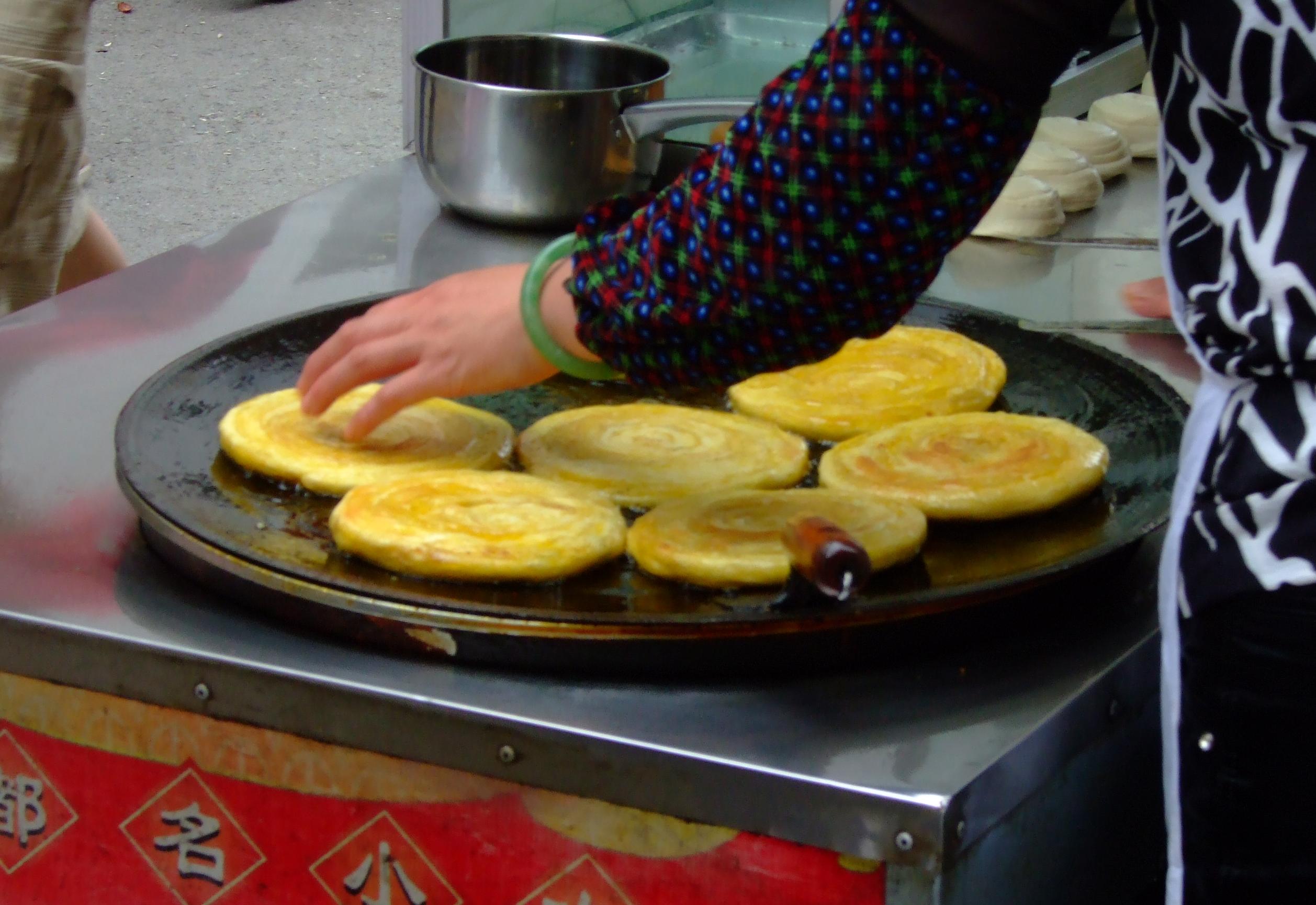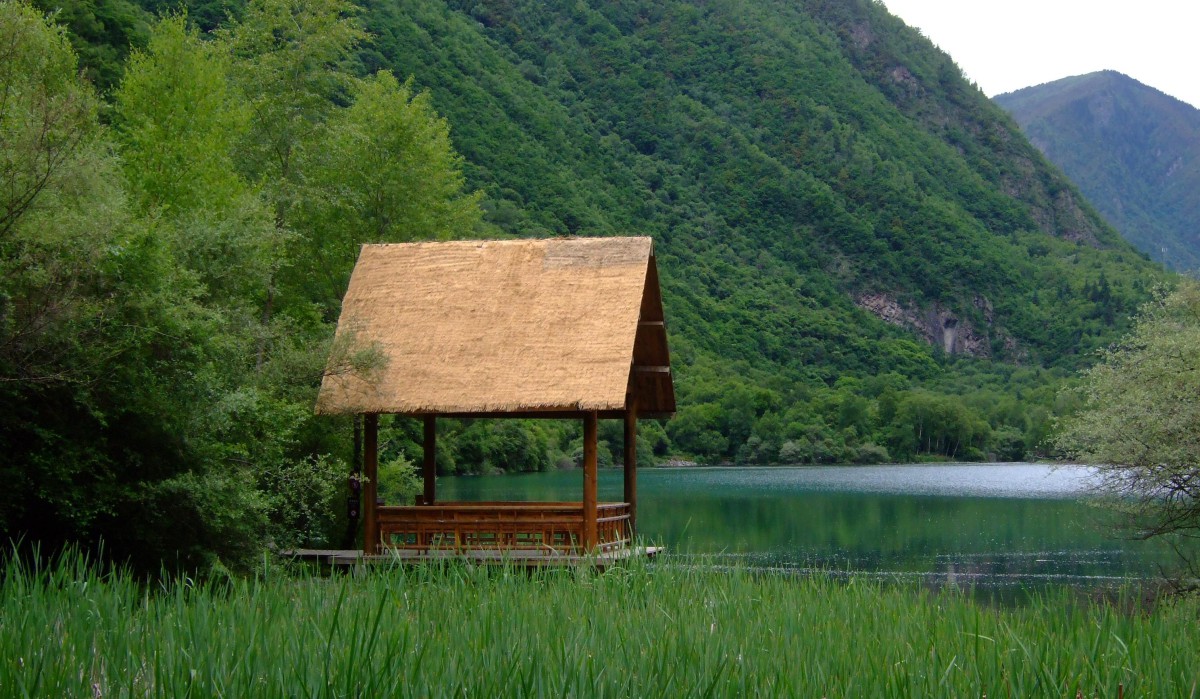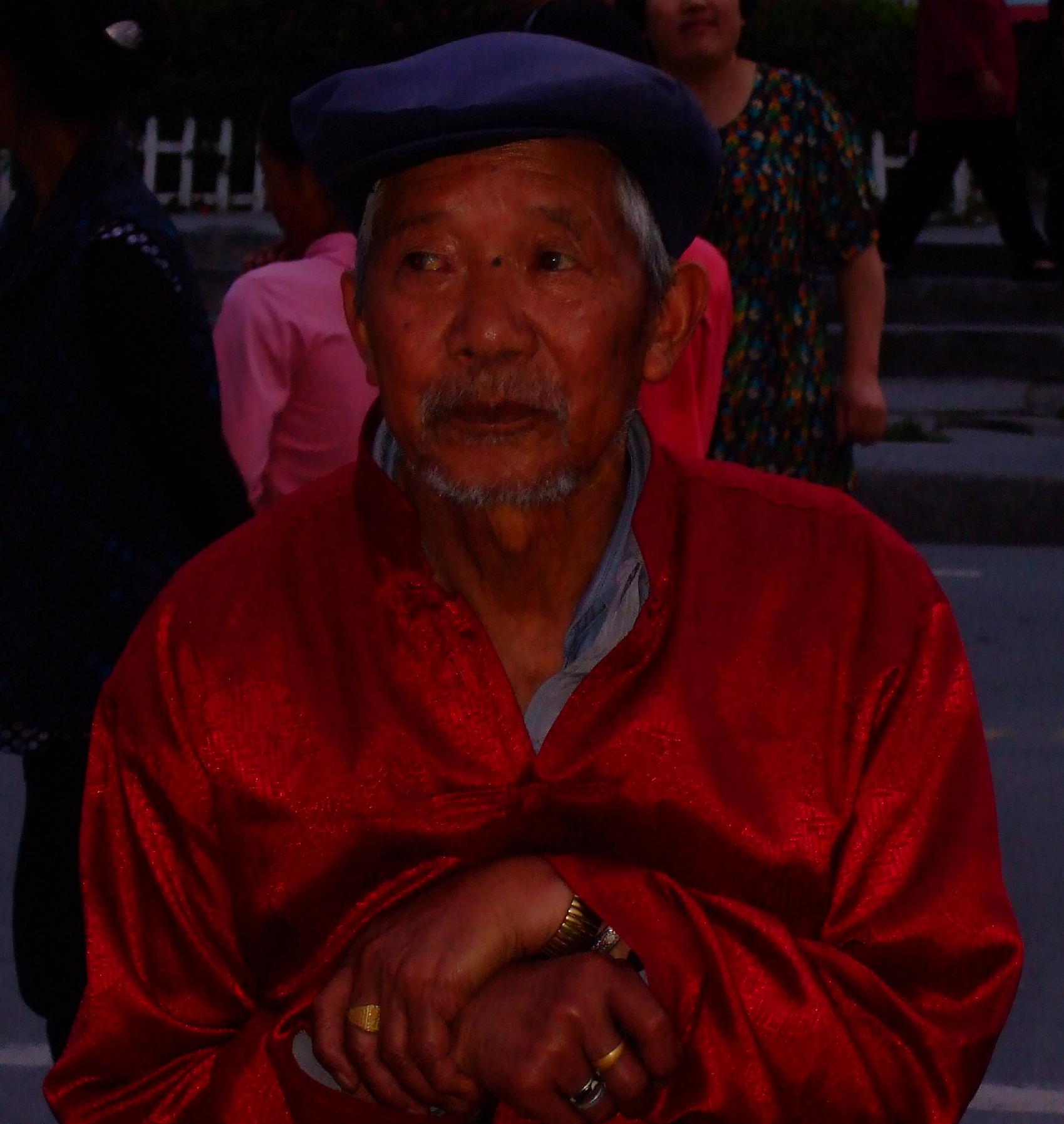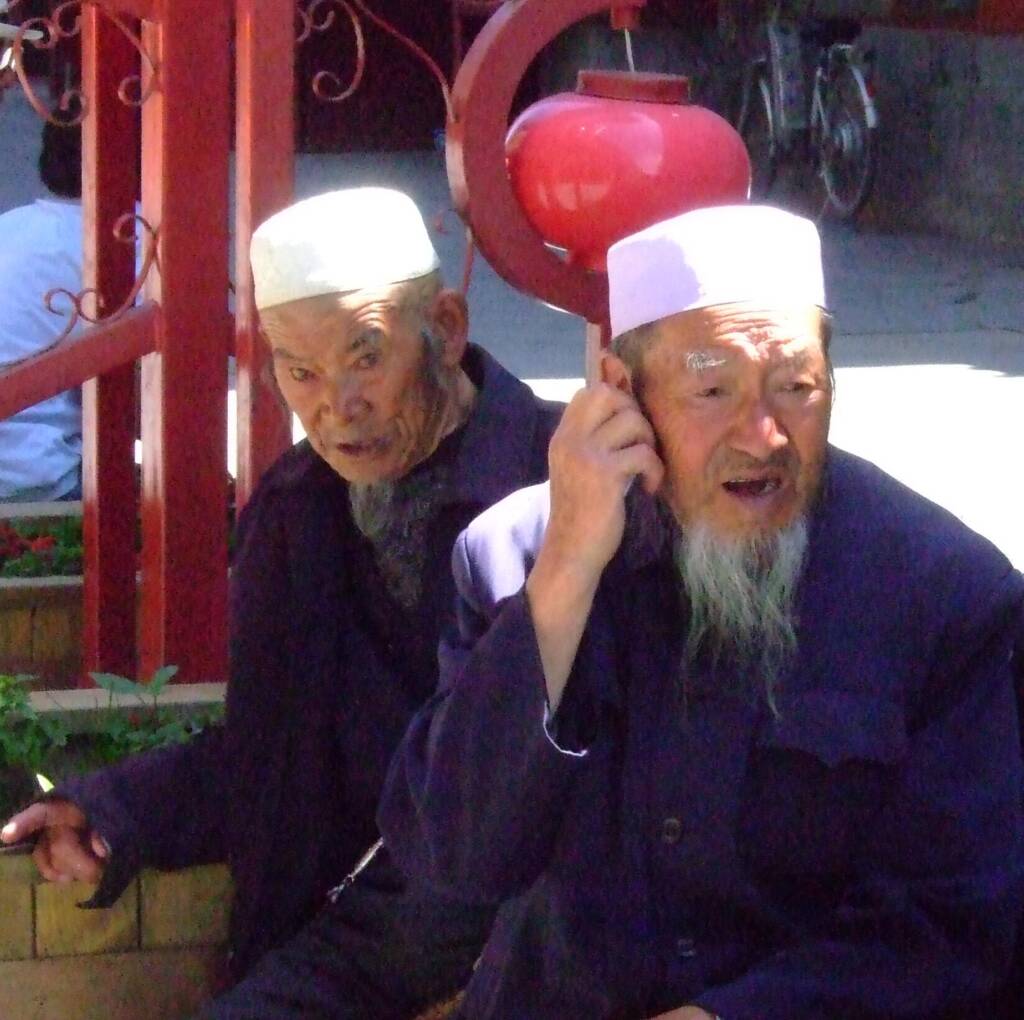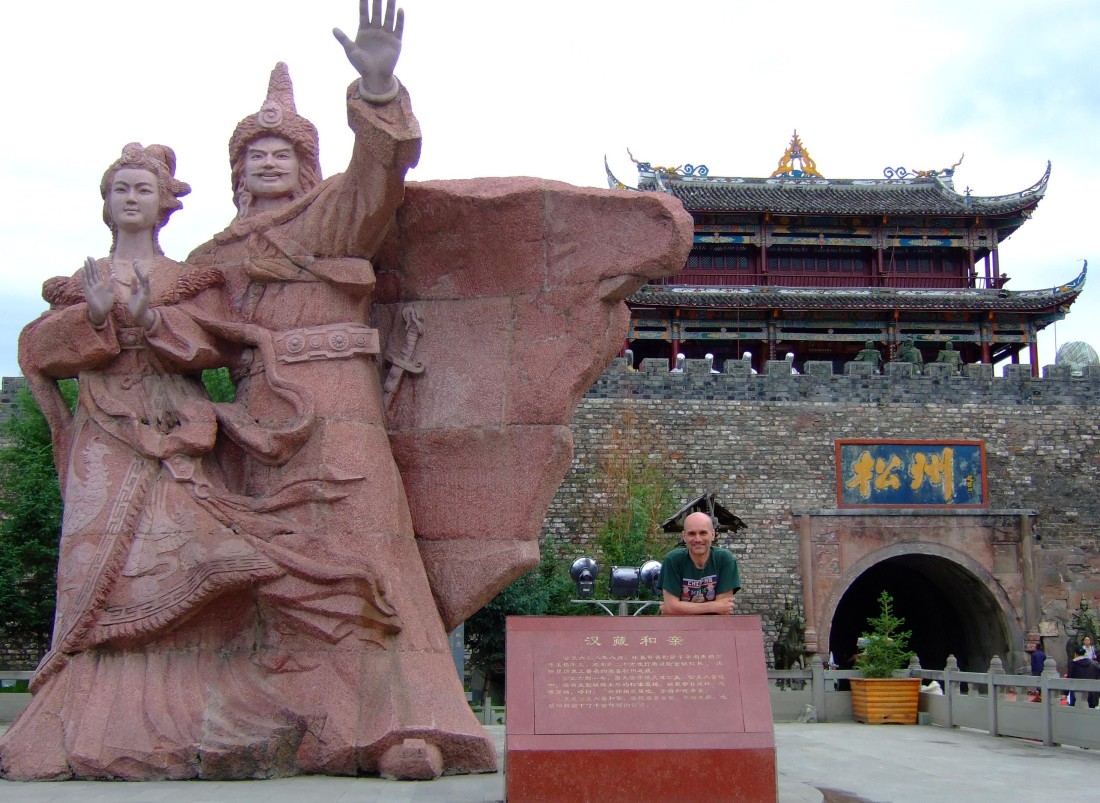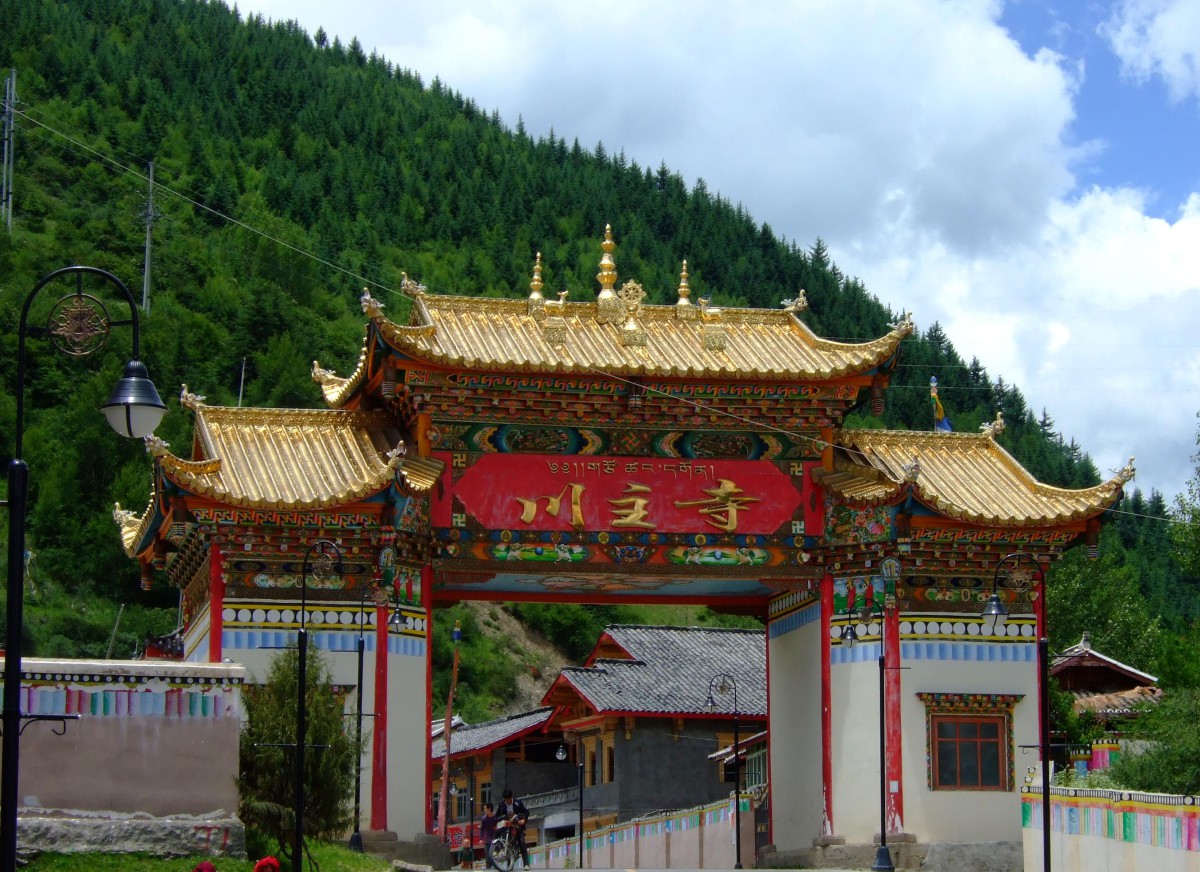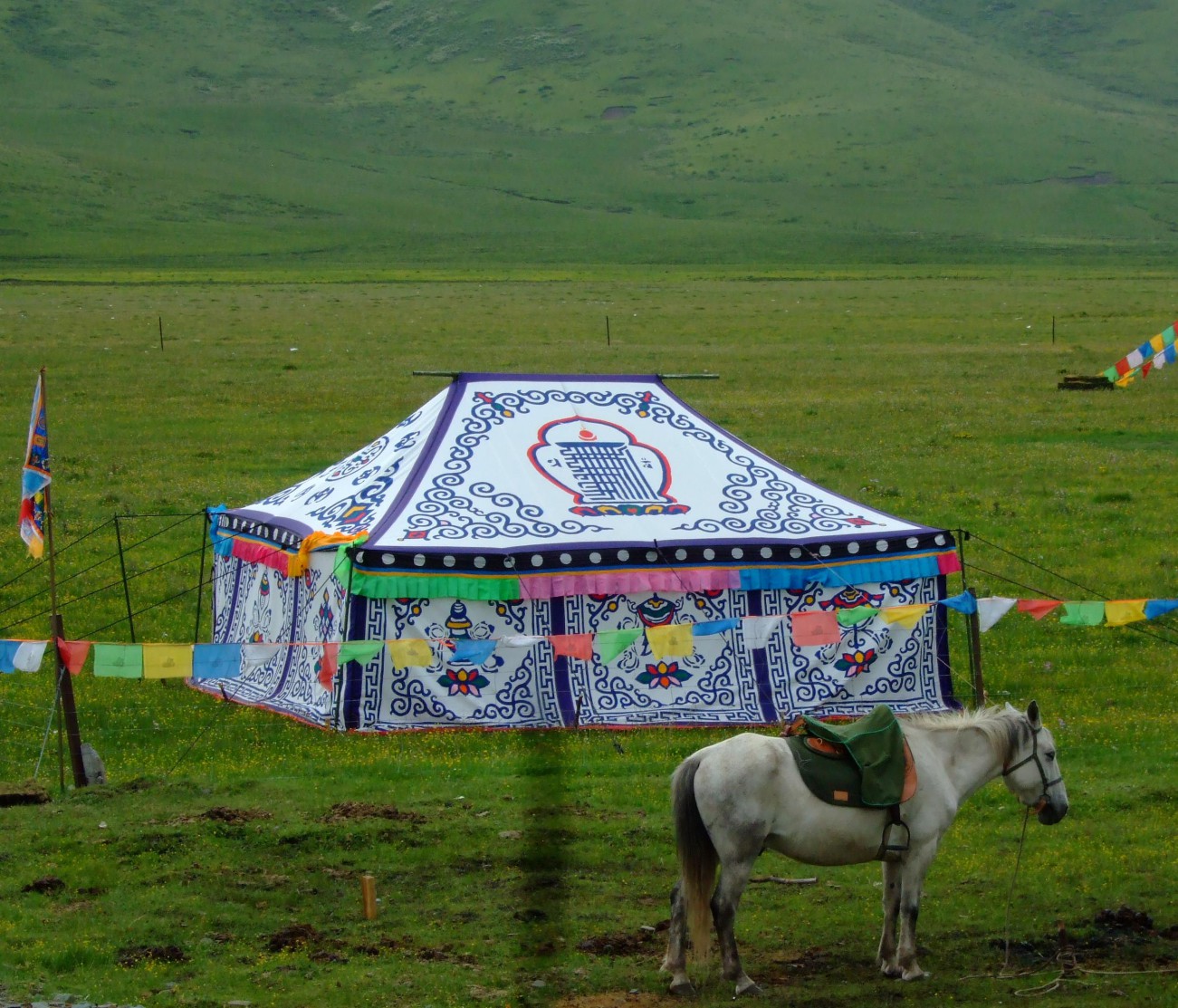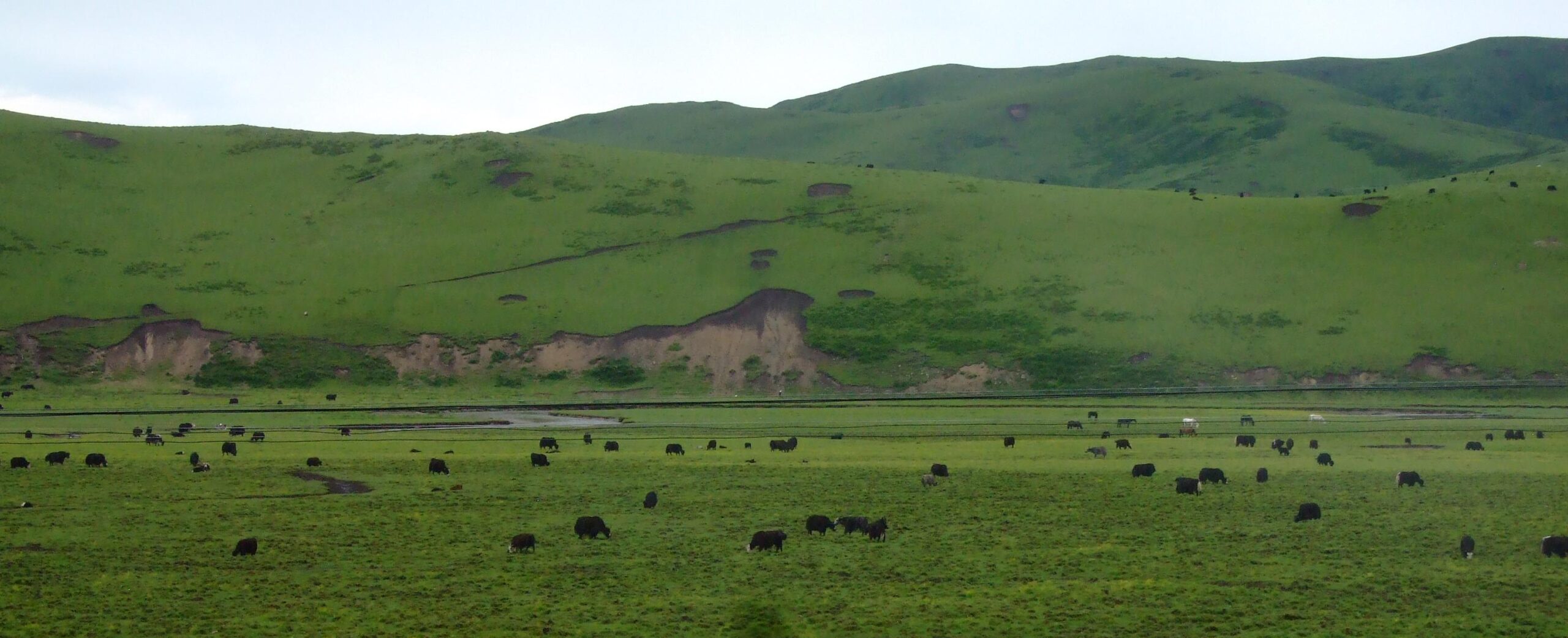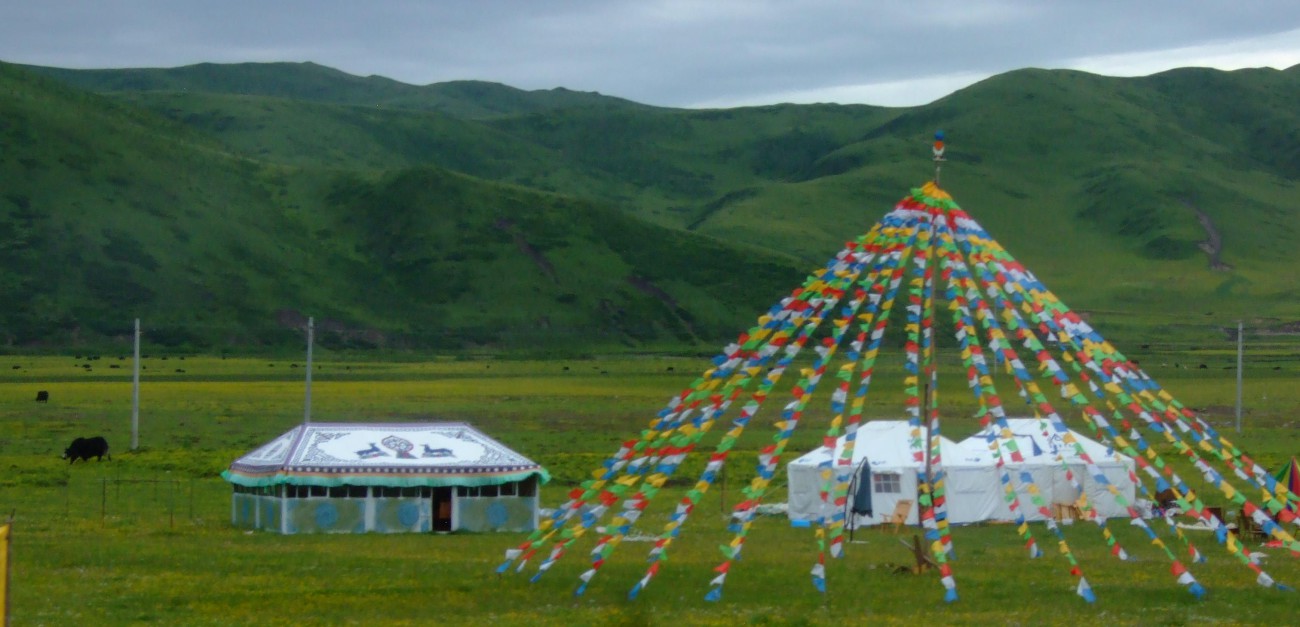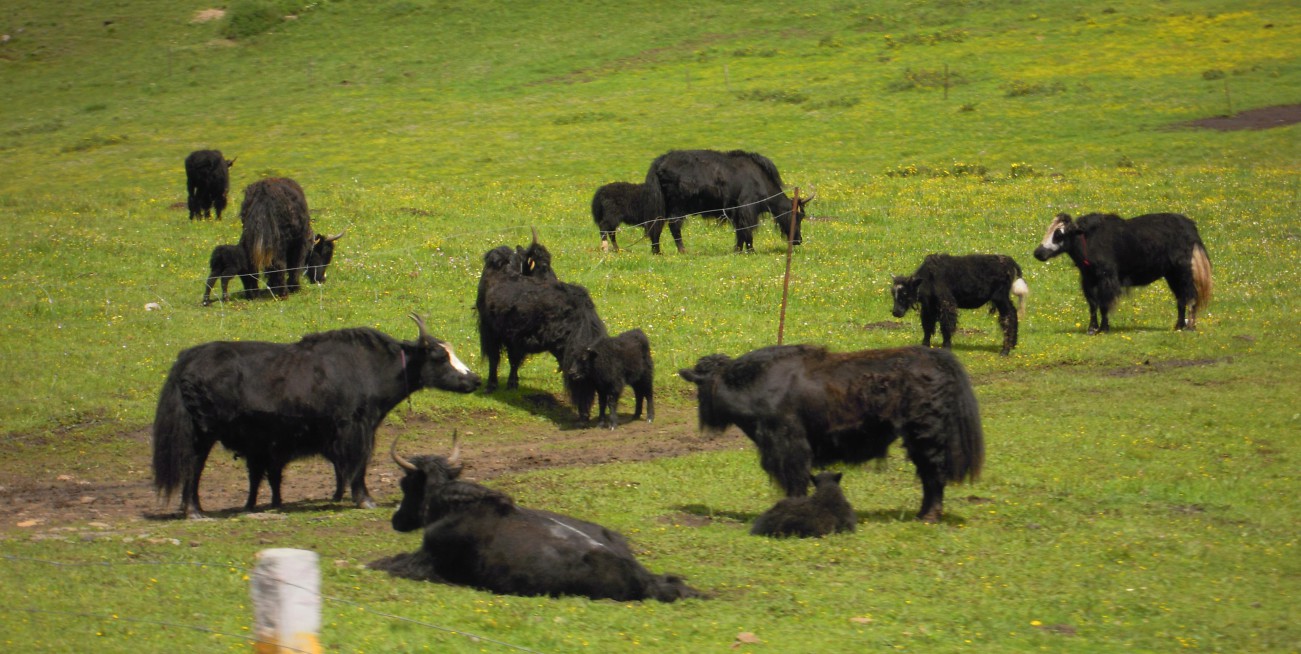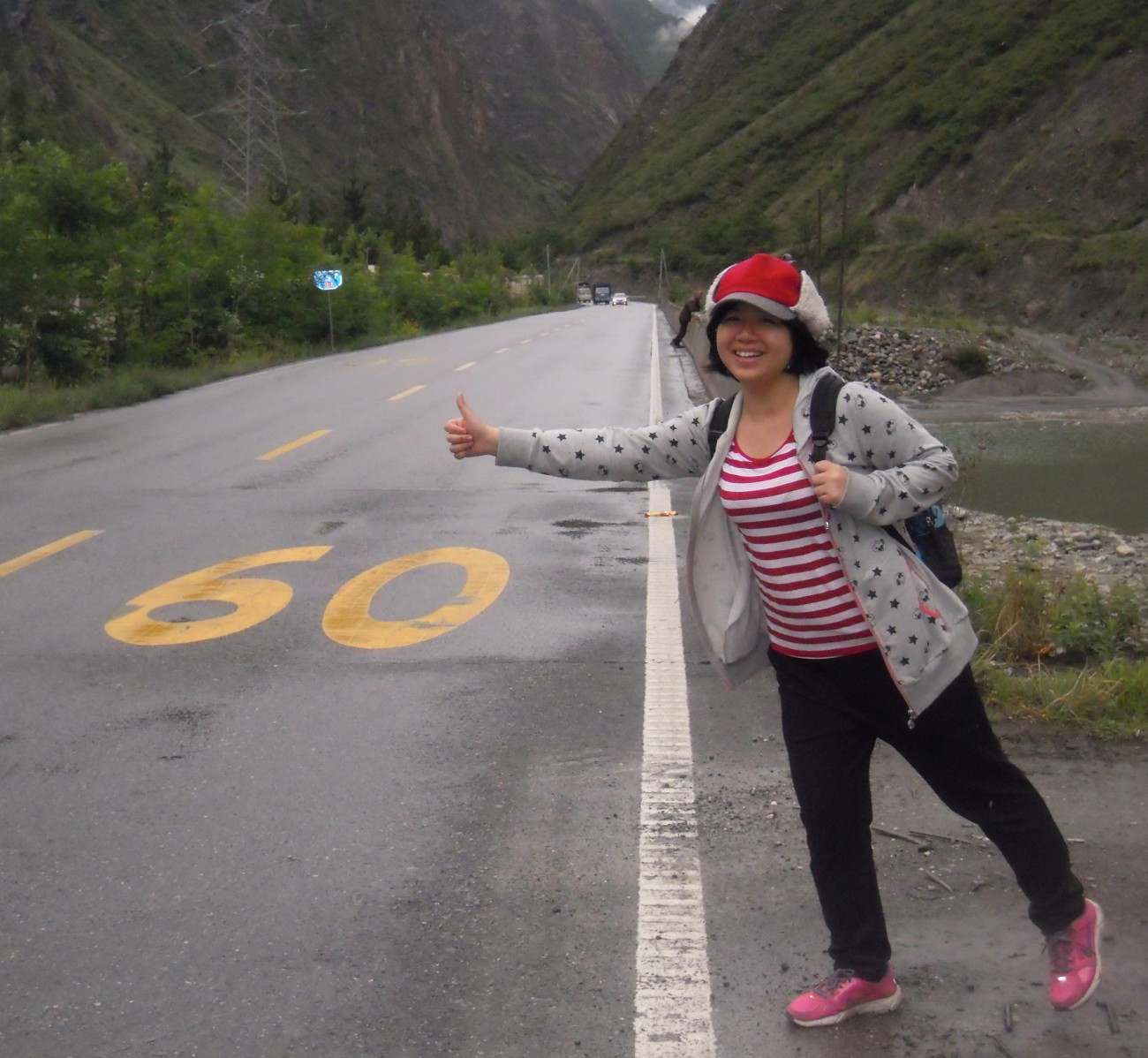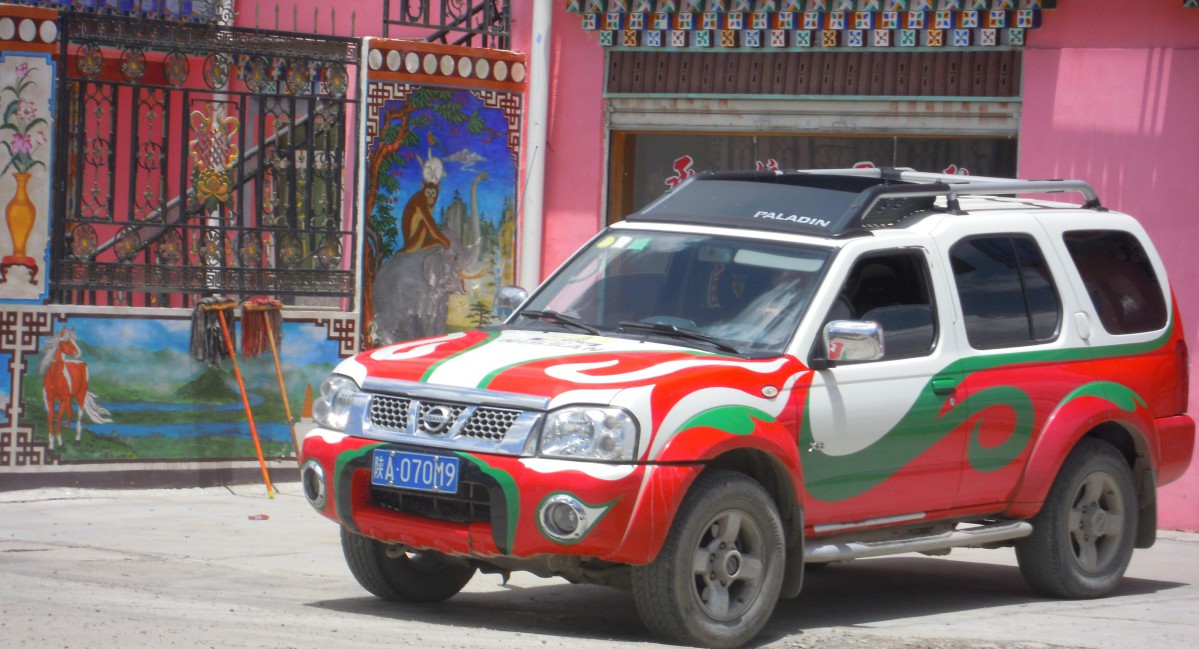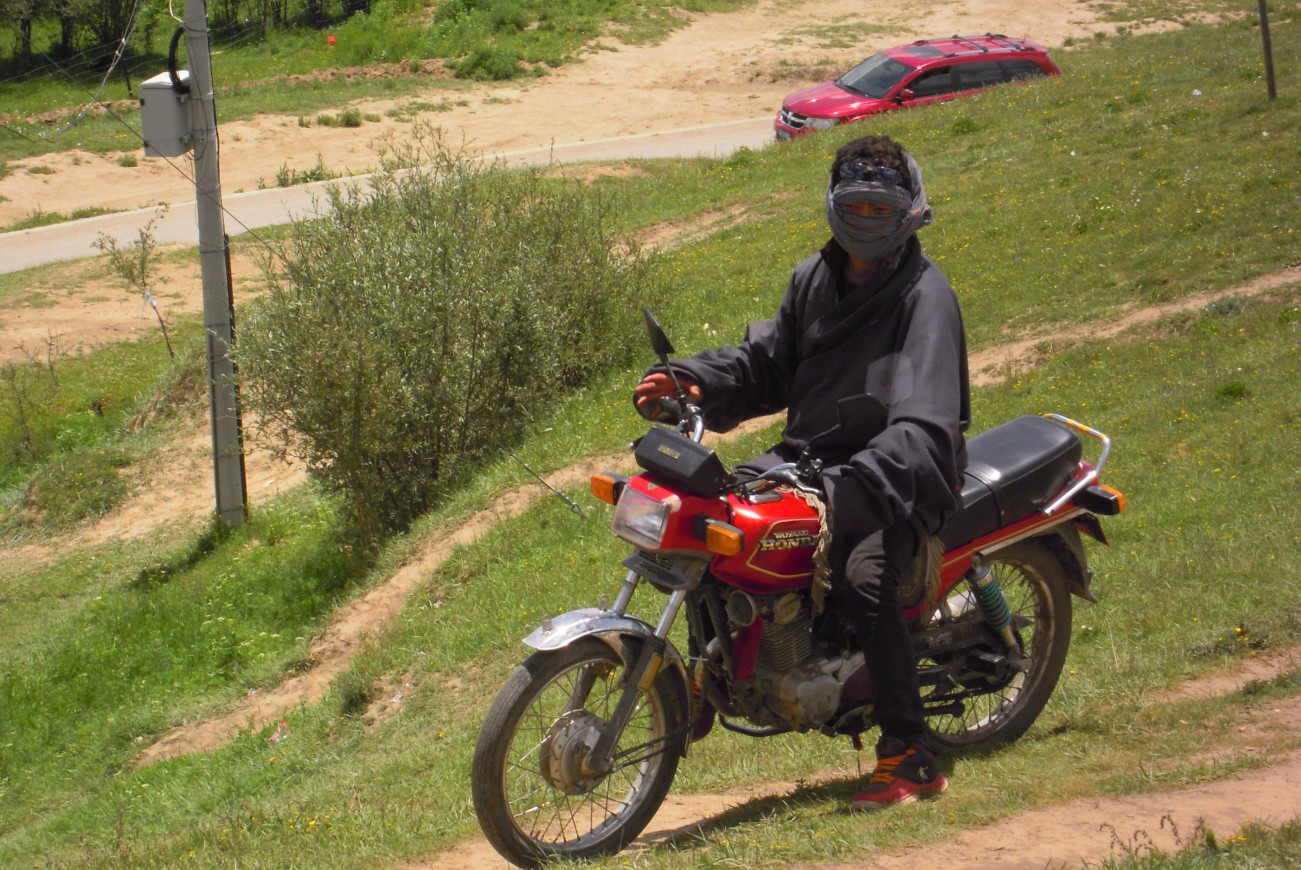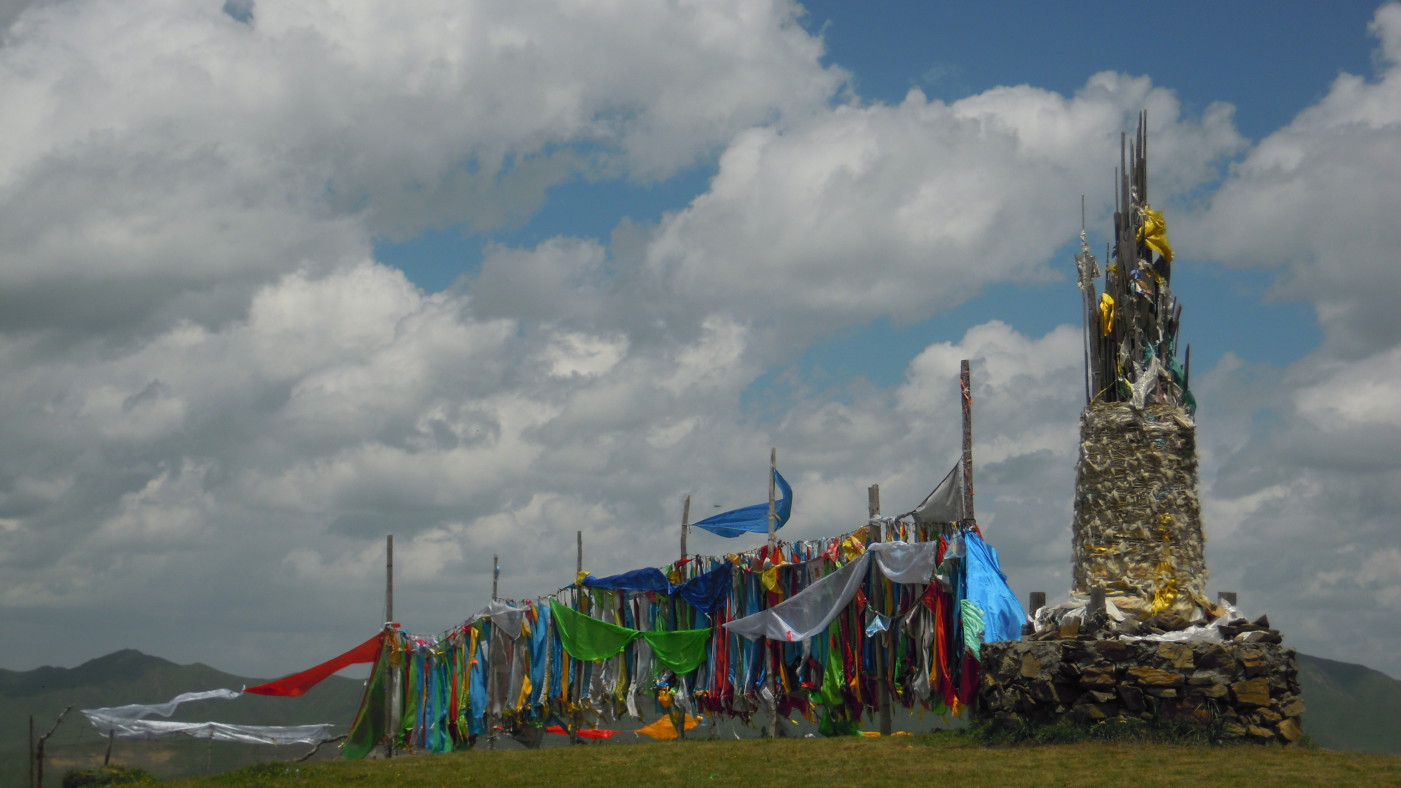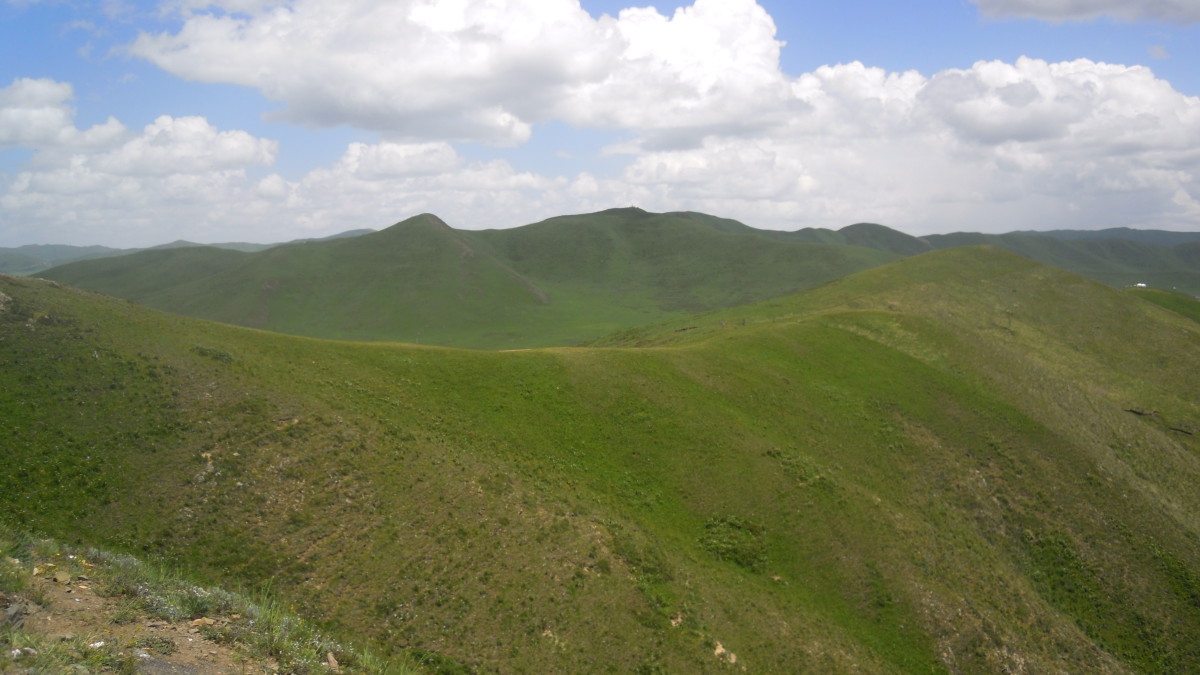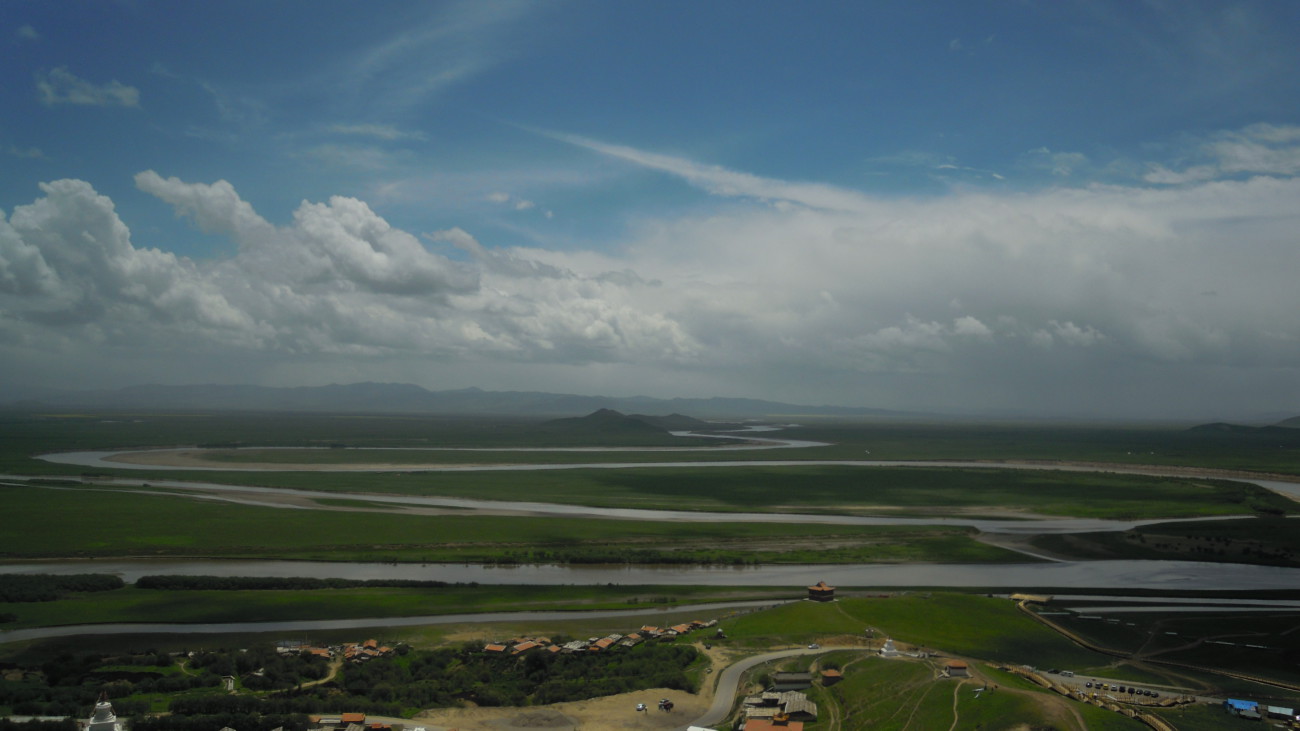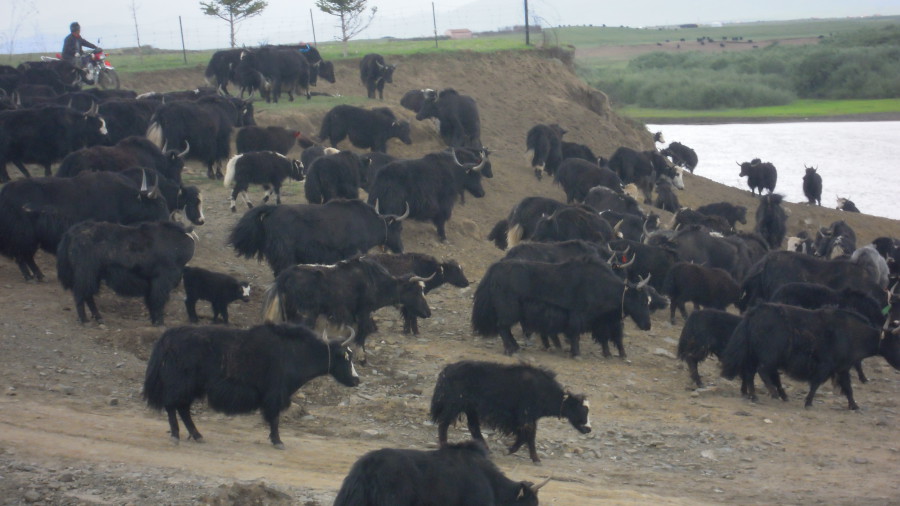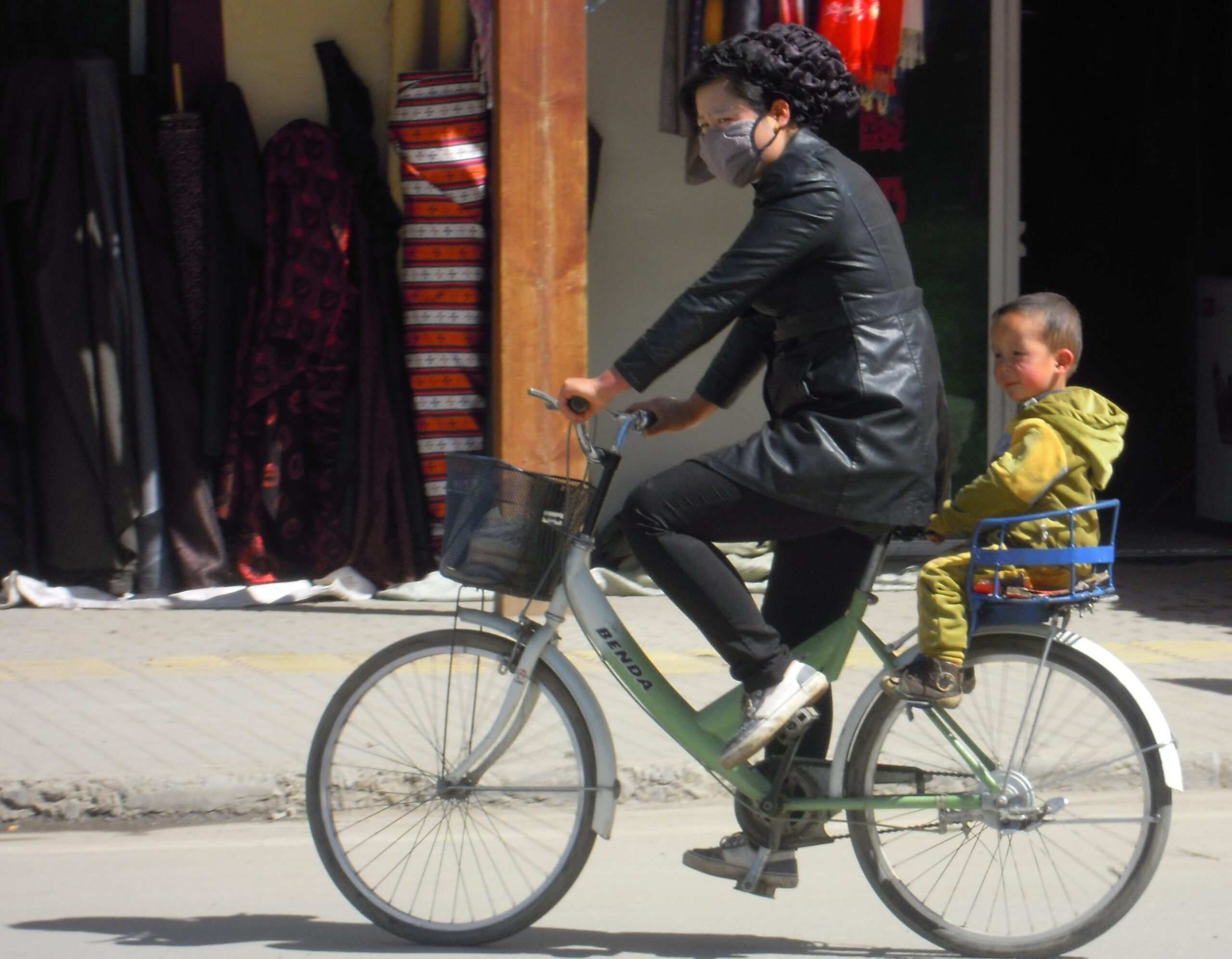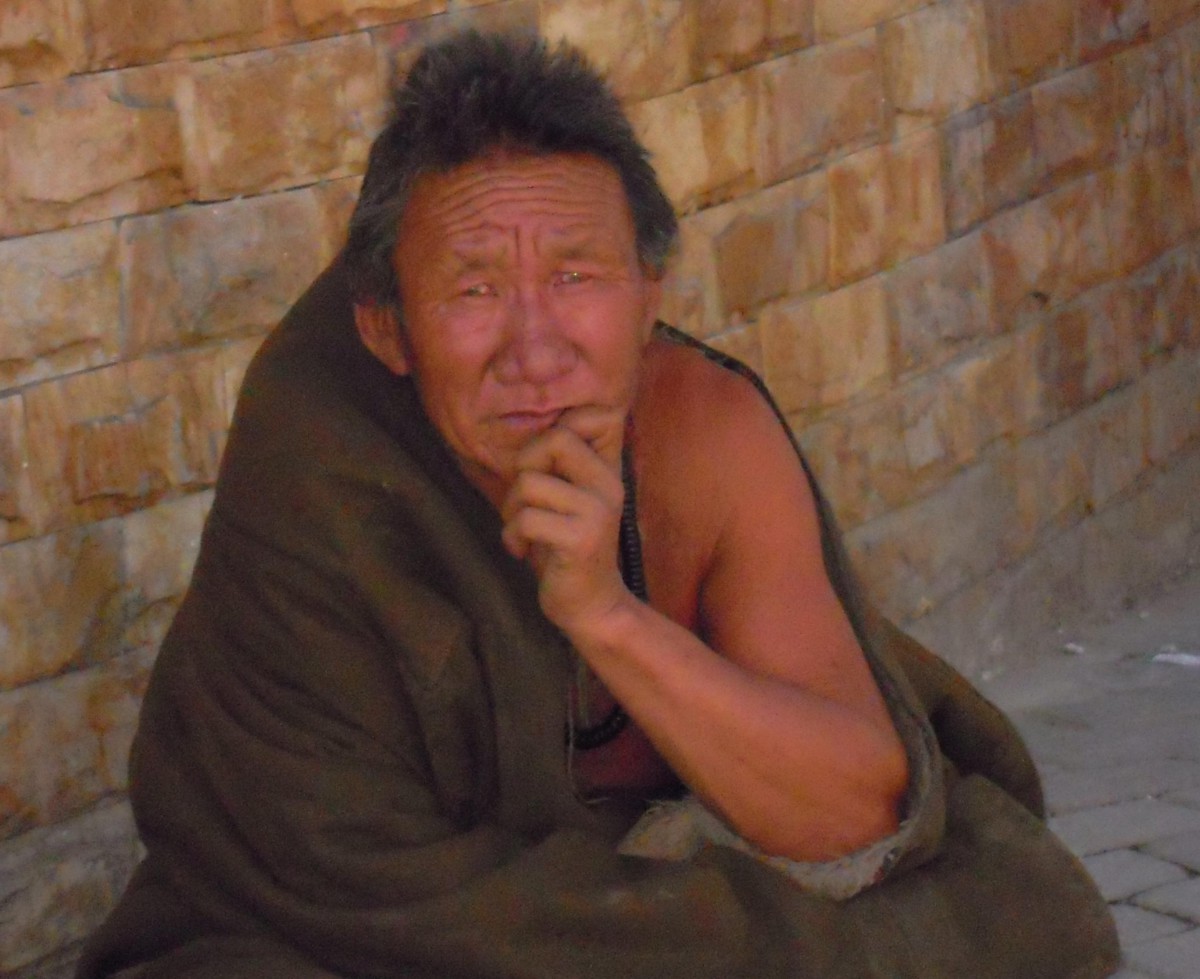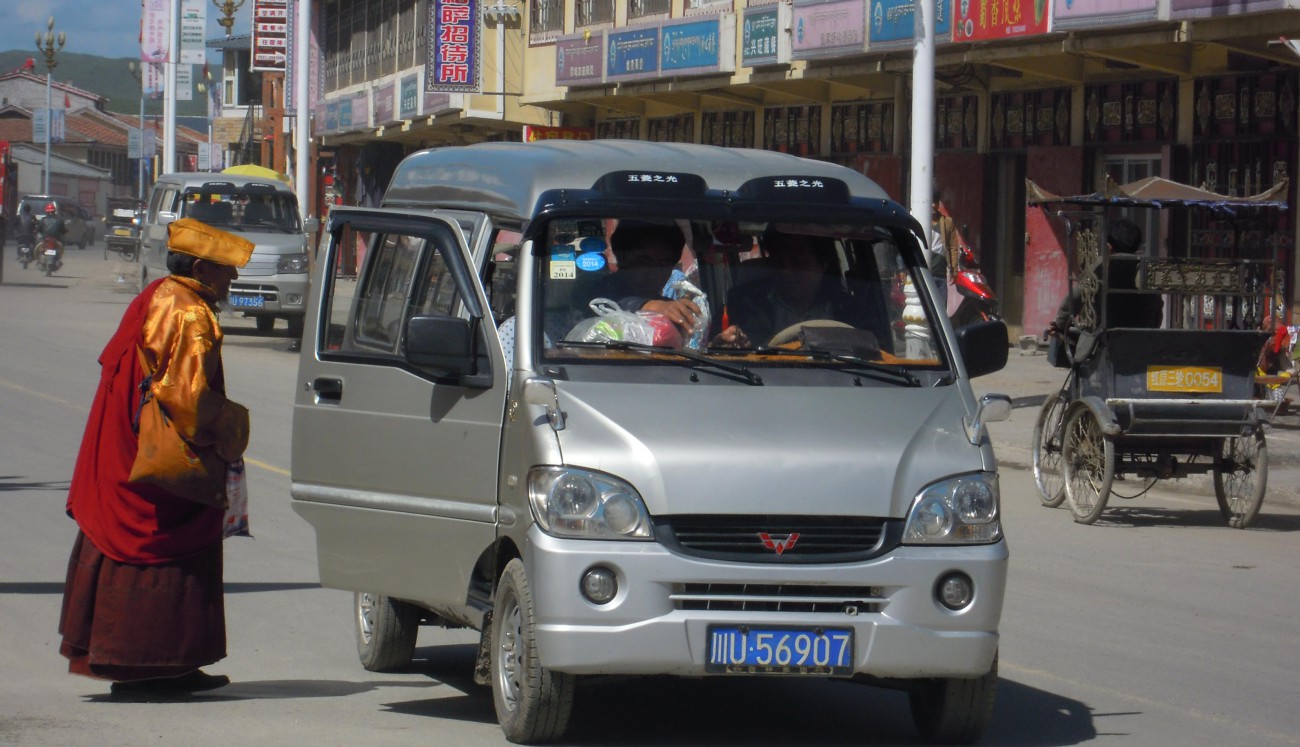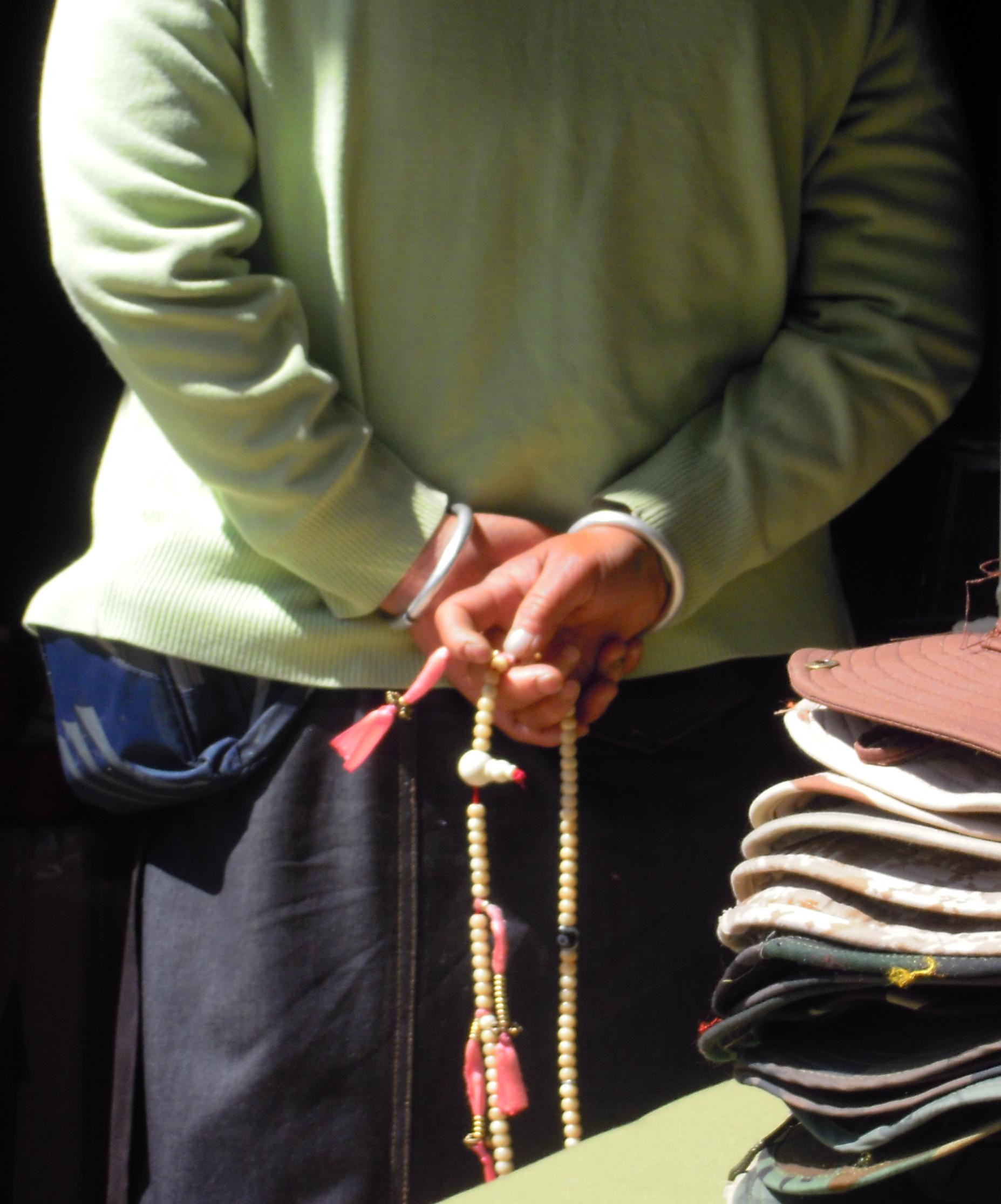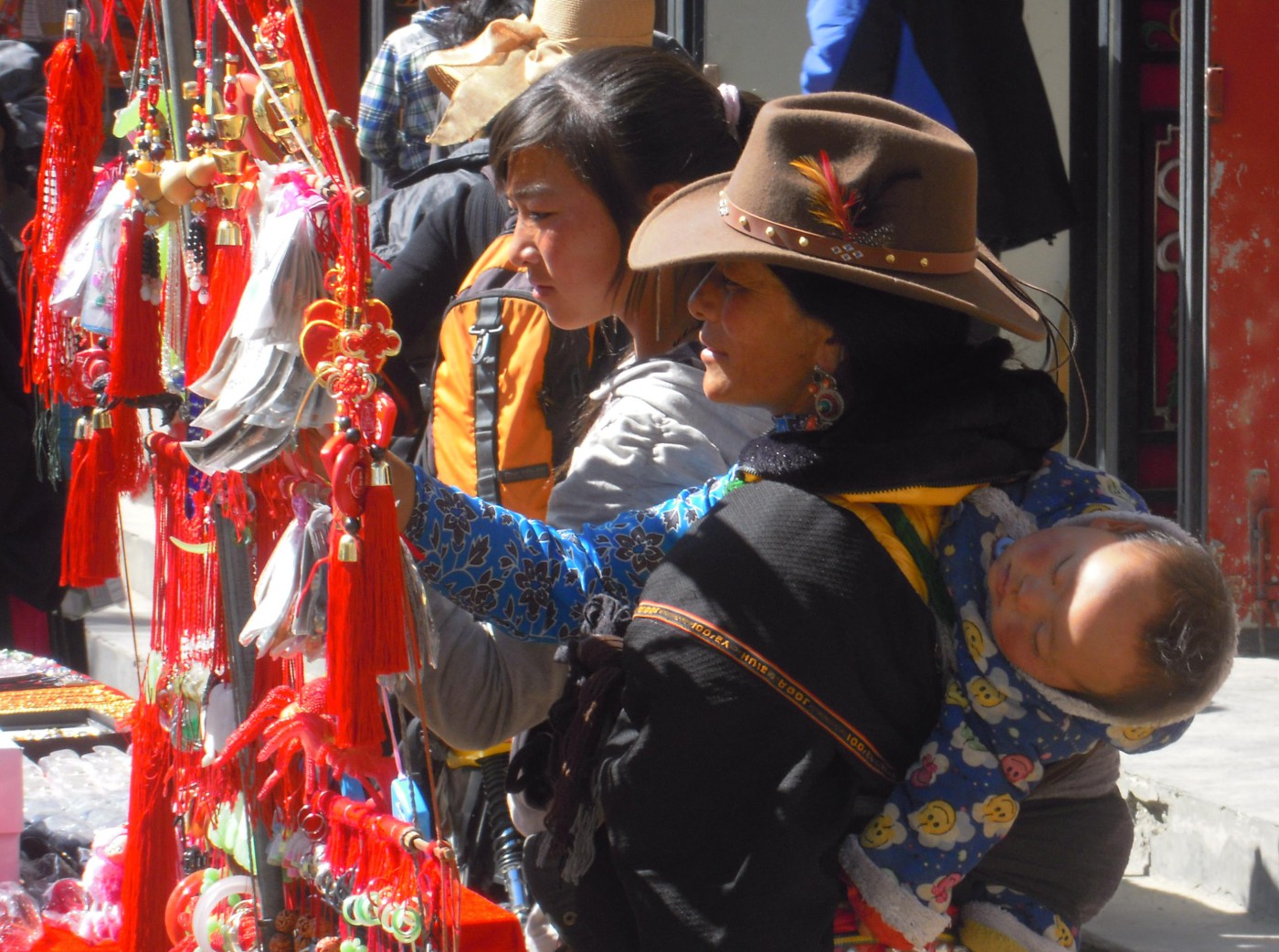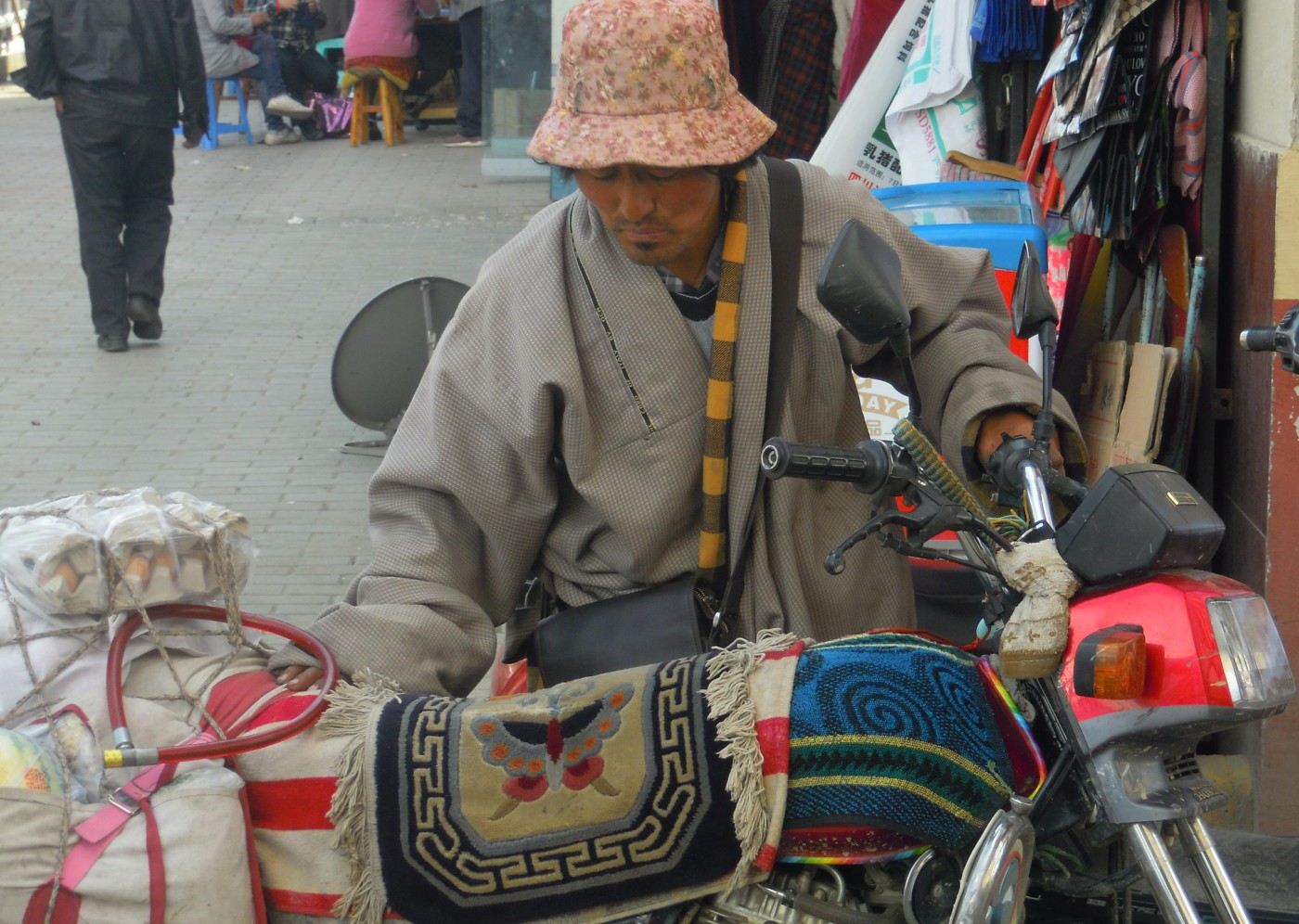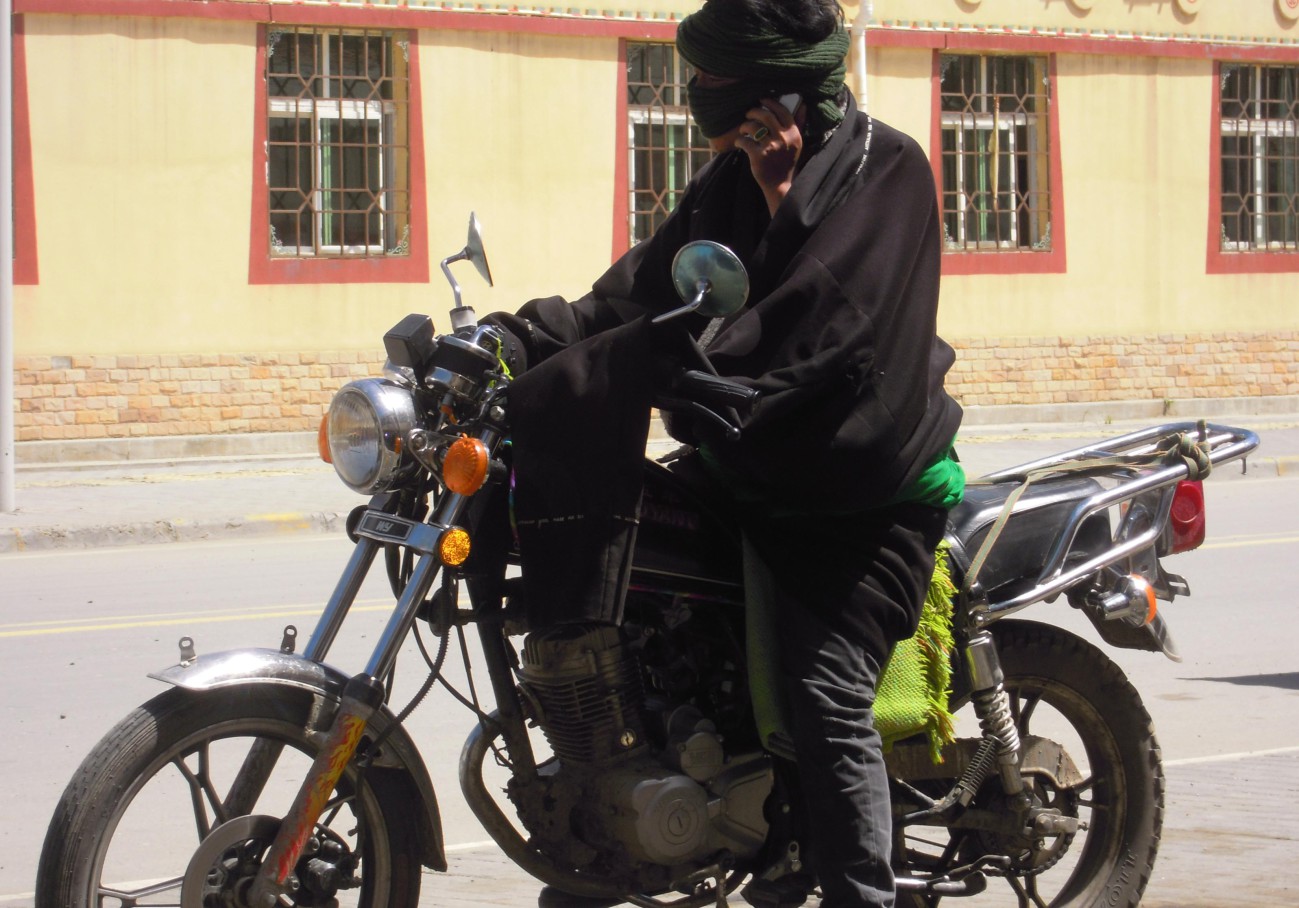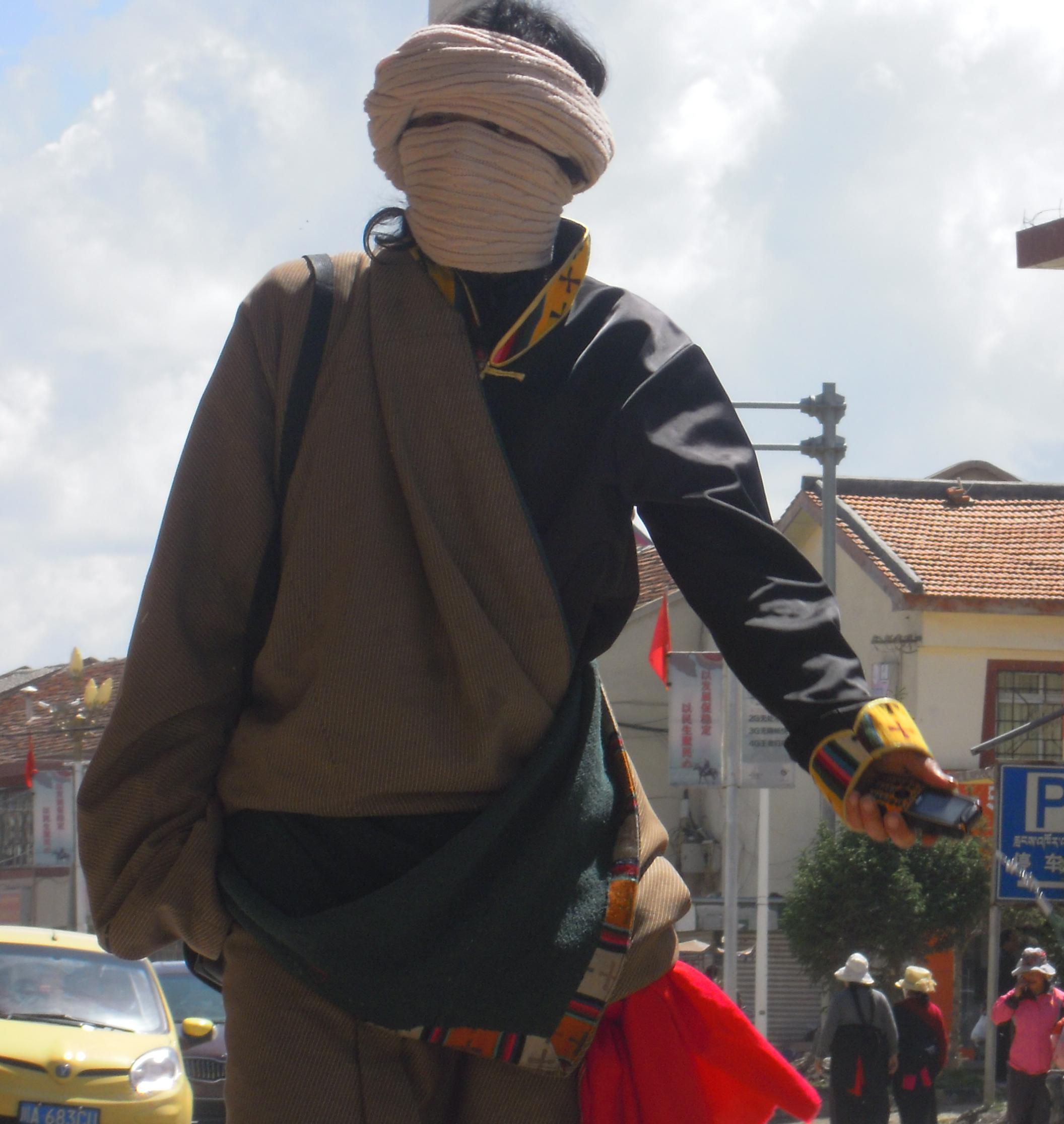China es un país contradictorio e impredecible, que renuncia gustoso a un vastísimo pasado cultural milenario para abrazar con entusiasmo indiscriminado los valores más alienantes del mundo global, pero donde aún coexisten ambas civilizaciones, con sus respectivas escalas de valores, tan opuestas. Las supersticiones espirituales y el animismo se ven enfrentados al materialismo creciente; el taoísmo cae en desuso frente a la veneración por el dinero; los milenarios modos de vida tradicionales ceden frente al cemento, el microondas y la electrónica… y a nadie parece importarle un bledo. Incluso el comunismo en China es de mentirijillas, y está presente sólo como instrumento para adoctrinar y dogmatizar, pero no como modelo productivo, que allí es despiadadamente capitalista y competitivo. La población en masa coincide en que Mao no hizo nada bueno, pero aun así se lo venera.
China es, principalmente y sobre todo, ruido; pero también desperdicios, despilfarro, polución y suciedad. Sin embargo, en medio de todo eso, la población es aún alegre, afable, muy sociable, desenfadada, y conserva pocos pero relevantes valores tradicionales, como por ejemplo el respeto a los mayores, o la sumisión de las mujeres. No obstante, como en cualquier parte, las ciudades van siempre “por delante” (suponiendo que los nuevos valores sean un “adelanto”). Y la comida es en todo momento y lugar una babel de colores, sabores, variedades, sorpresas; tanto que, en ocasiones supone un desafío para los paladares menos maleables.
- Masks opera. Actors making up in the backstage.
- Changing masks opera, a popular and famous show in Chengdu. The stage.
- Your typical mahjong table at a tea house. Every retired Chinese comes to this places for spending endless hours.
- The BIG moment for the changing masks.
- Changing masks opera. The musicians.
- Chinese answer to “may I have a glass for my beer?”
- Old woman keeping the temple’s gate.
- You’ll see quite a few nice photos in this album, but THIS is how most of Chinese population live. Dirt, garbage and polution. This is their improvement.
- Construction fever. Hundreds of millions of Chinese await to leave the countryside for living in one of these beehies. Zijang
- Very old temple at Zijang
- Or places like this. Such are their homes, in the best of cases.
- They eat in places like this, daily.
- But not like this. A nice tea house by the river, where I was writing my journal. Qingcheng
- Boiled water kept in thermus for tea and cooking.
- Trekking within a bamboo forest can get real gloomy in a matter of seconds.
- Qinchen is one of the many so-called “old towns” in China. Beautiful. But most of them are toally fake, newly made. There’s only brick and cement behind the wooden facades.
- Zipin, in the impressive hills of the Himalayas mountain chain. V-shaped valleys, not yet eroded.
- Songpan, gate to the Chinese Tibet, is a very touristic city, end of some traveler’s journey, beginning of some others.
- A temple in Songpan.
- Zoige old temple, now a library. Yet another ethnic minority lives in this town.
- Songpan south gate. Impressive at night.
- Now, food? That’s another thing. Ever so appetizing, diverse and colourful.
- And this is another example. So, fool ye not. This is the real China. 900,000 Chinese live in such buildings.
- And, once again, scenes of real china. The rainy flat lands of Sichuan.
- Dragons heads, keeping the shrine.
- A shrine in Ziyang.
- Old traditions mixed with modern life. Some methods are deeply rooted in their culture.
- This is what students and all passers by go through every day, around any corner of an average town.
- A neighbourhood right by a university.
- What do people have in their frontyards? Cement mixers, of course.
- Definitely, progress is not bringing much progress to China.
- Cleanness is not in Chinese list of top ten values.
- Dragon boat festival. Brought by the people to the authorities.
- The blue and black ones are called “evil eggs”. They’re buried for days before being sold. Never tried them. Look really evil.
- Mopeds have substituted bicycles.
- Home scene.
- Fine view through the latticework.
- Beautiful restaurant.
- Restaurant’s inner yard.
- This is one of those “old towns”, which have turned into shopping areas or tourist centers.
- What about this? The best fish soup EVER. Mark the wooden rice-bucket.
- Bamboo forest.
- Above the bamboo forest.
- Once you get to the top, where you think nobody is, you come across this guy…
- …and across this old lady.
- Dujianyan. There are two must-do social activities in China: playing mahjong and “dancing” taichi. Spontaneous.
- Dujiangyan. A preserved forest by the city, full of old temples.
- Dujiangyan.
- Dujiangyan. After the Mozitan reservoir.
- Mozitan reservoir. Dujiangyan
- Dujiangyan. Beautifully preserved and cared for gardens.
- Dujiangyan. Gate to the old town.
- Dujiangyan. People love to sit at these bridges behind the gates.
- They sit and look. All kinds of people.
- Maoxian’s new houses for the ethnic groups. Construction fever is everywhere.
- Contrast between the ethnic group houses (foreground) and the rest (background). No wonder that thousands of Chinese forge their documents to officially belong to ethnic minorities.
- Maoxian. Idyllic way of life, government subsidized.
- Maoxiang shopping mall
- Brand new shopping mall, built in the style of the ethnic minority in Maoxian. No escalators, by the way. 25 metres up pure stone steps.
- Member of this minority in Maoxiang.
- The ethnic’s traditional clothing, worn mostly by elder people. Young ones don’t care.
- Popular flour tortillas, also typical in Central America.
- Zipin is home to another inority group.
- A stunning fact: the typical handcraft of these people is identical to those in northern Guatemala. So are their faces. Who can tell that America was not populated through Asia?
- The more you go to the north, the more authentic people you find.
- Songpan’s north gate. Songpan is the foregate to Sichuan’s Tibetan area.
- In the country of electronics they still use abacus instead of calculators
- Right before the police control, Chuanzhunsizhen is the first Tibetan buddism temple you find.
- They worship their monks, whose job is to spread the faith and collect the money for keeping the temples (and themselves) in good shape.
- Chuan Zu Shi Zhen temple. Tibetans are extremely superstitious-religious.
- People live in tents while taking care of their cattle, jaks and cows.
- In the heart of the Tibetan region.
- In the bus towards Zoige, after the police control. They check for cameras. Don’t want tourists showing to the world what happens in the Tibetan part of China… or the Chinese part of Tibet, for that matter.
- The inmense grazelands for the jak . The second largest grazelands in China.
- Colourful Tibetan settlements, temporary, while in summer. In wintertime they move to the villages.
- Free animals. Young deer in the middle of the street. Zoige.
- Jaks grazing along the infinite grasslands. Finally some sun and blue skies.
- Hitchhiking from Zipin to Songpan, trying to leave behind the everlasting, dull and boring grey skies of the valley.
- Rongliu, without whom this documentary wouldn’t have been possible, and two of her college mates.
- Zoige. Typical folkloric colurs of Tibetans.
- The horse is becoming obsolete. Now the motorcycles take over. But the sun is as merciless as ever, so people cover their faces to prevent sunburns.
- Suo kezangsi. View point over the Yellow river. Just another rich temple, in strong contrast with the poor houses.
- Suo Kezangsi. Oblations and prayers.
- Suo Kezangsi. Top of the infinite grazelands. 10000 ft high. Awesome.
- Suo Kezangsi. High flatlands where the majestic Yellow river bends in endless meanders.
- Hongyuan is a small town, where Tibetans around go for commerce.
- Pa and son crossing the street in Hongyuan.
- A herd of jaks.
- The mask is not for the polution, nor for religious reasons, but for the sun.
- Man-powered san-louen-cha (three wheel car).
- Not a beggar. Just chilling out.
- Monks never pay. They just borrow. Dress well, eat well, live healthy. They have the respect. But they do nothing productive.
- Same men and women protect their faces.
- Hongyuan is very active during light hours. Typical long-sleeved Tibetan multiuse coat
- They really look like bandits. And some of them are. But police don’t mix up with their quarrels.
- Religion and superstition are always present in Tibetan regions.
- Women spinning some superstitous thingie for good luck.
- Shopping in Hongyuan. One of the most typical products is jak milk yoghourt.
- They really treat their motorcycles like horses, saddle and all.
- A Tibetan family’s lunch
- They have mobile phones, of course. But there no TV and no internet in the whole Tibetan region.



